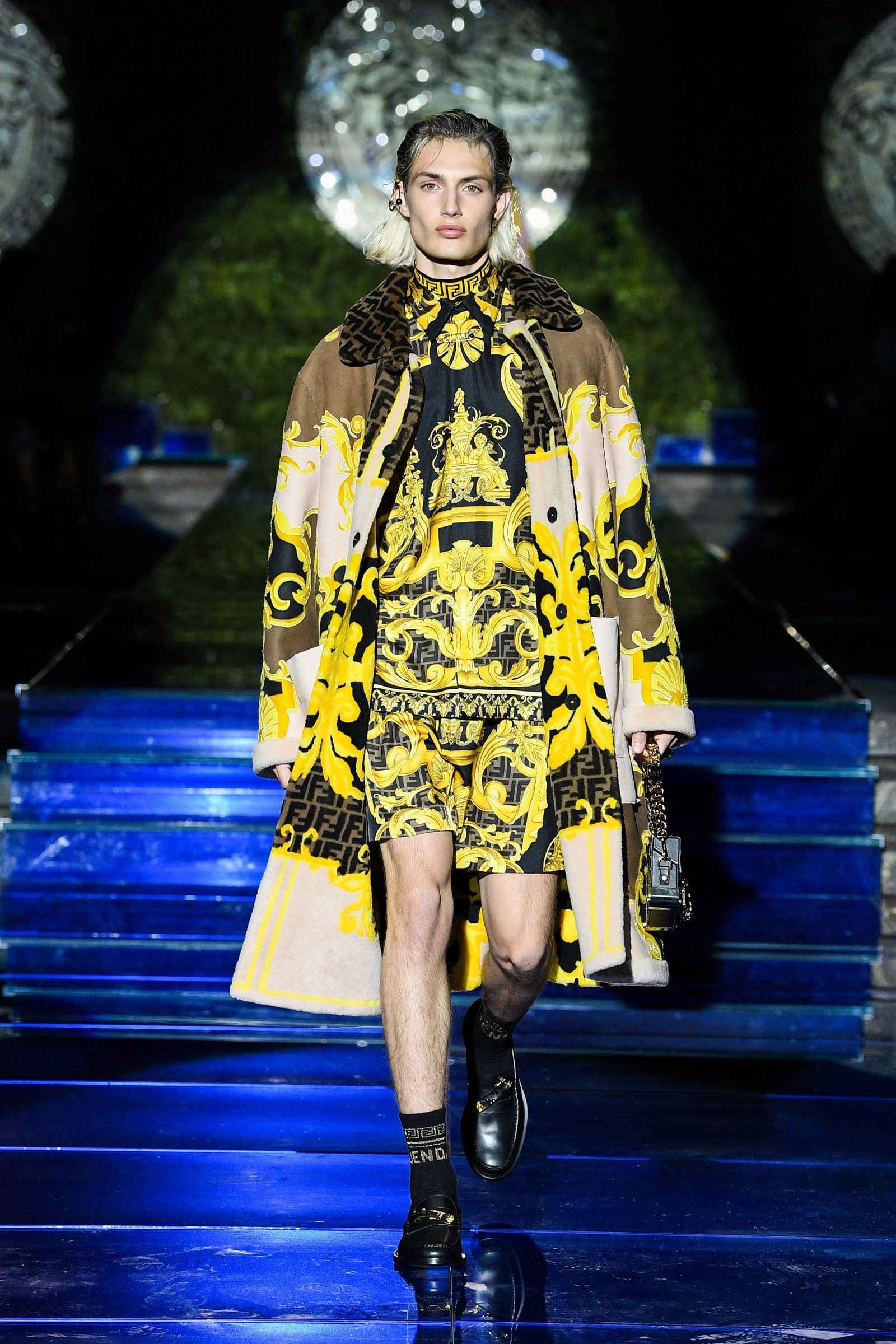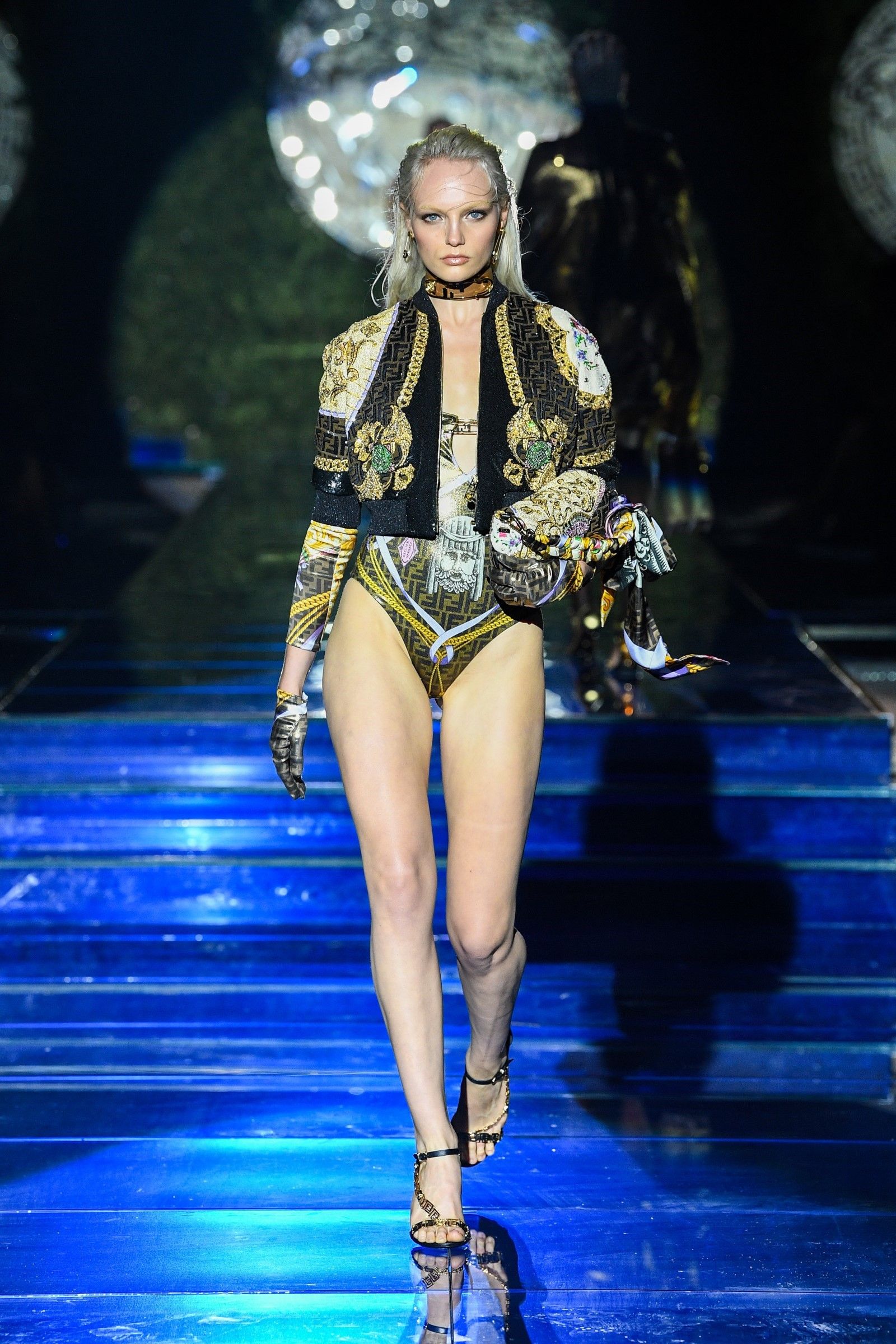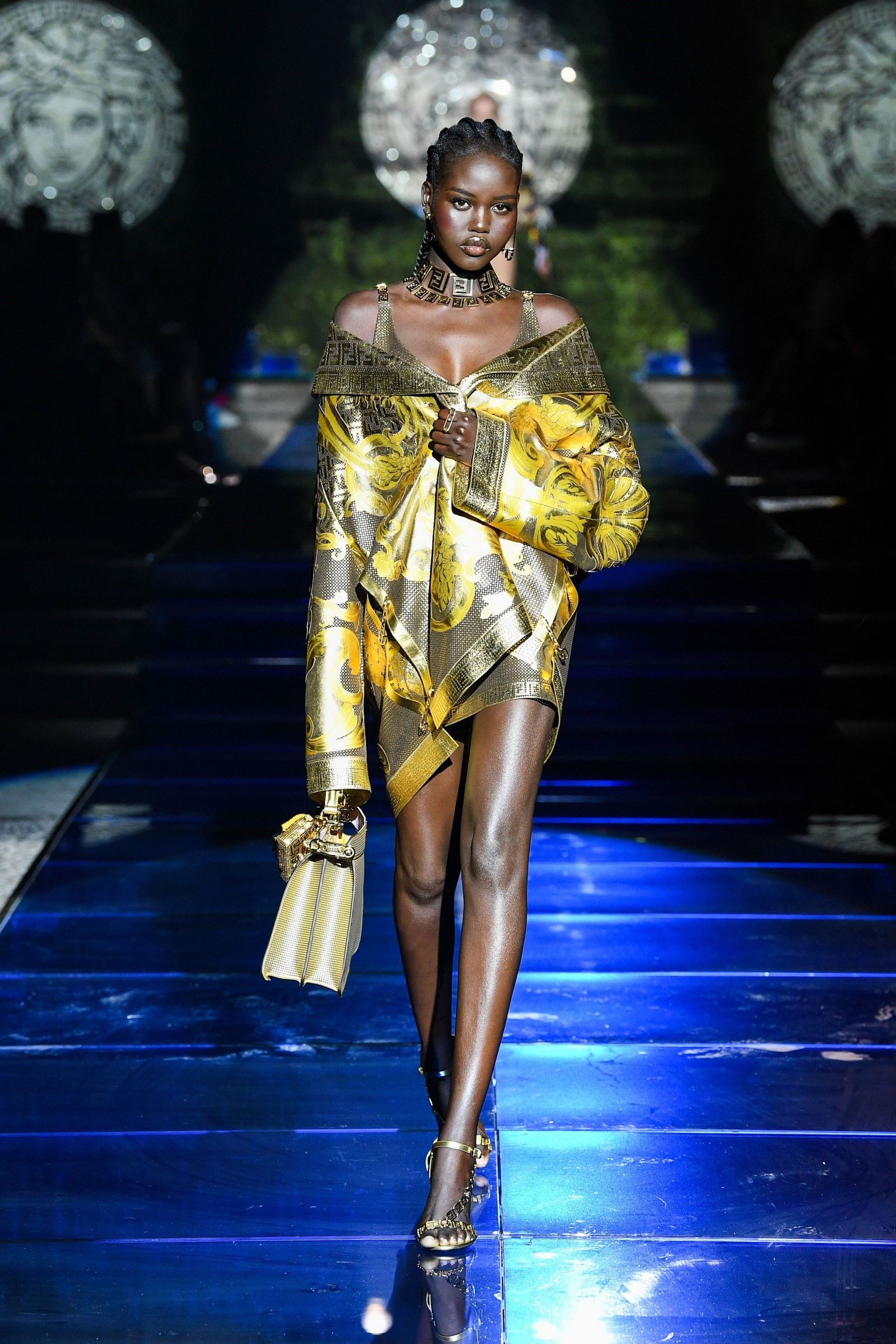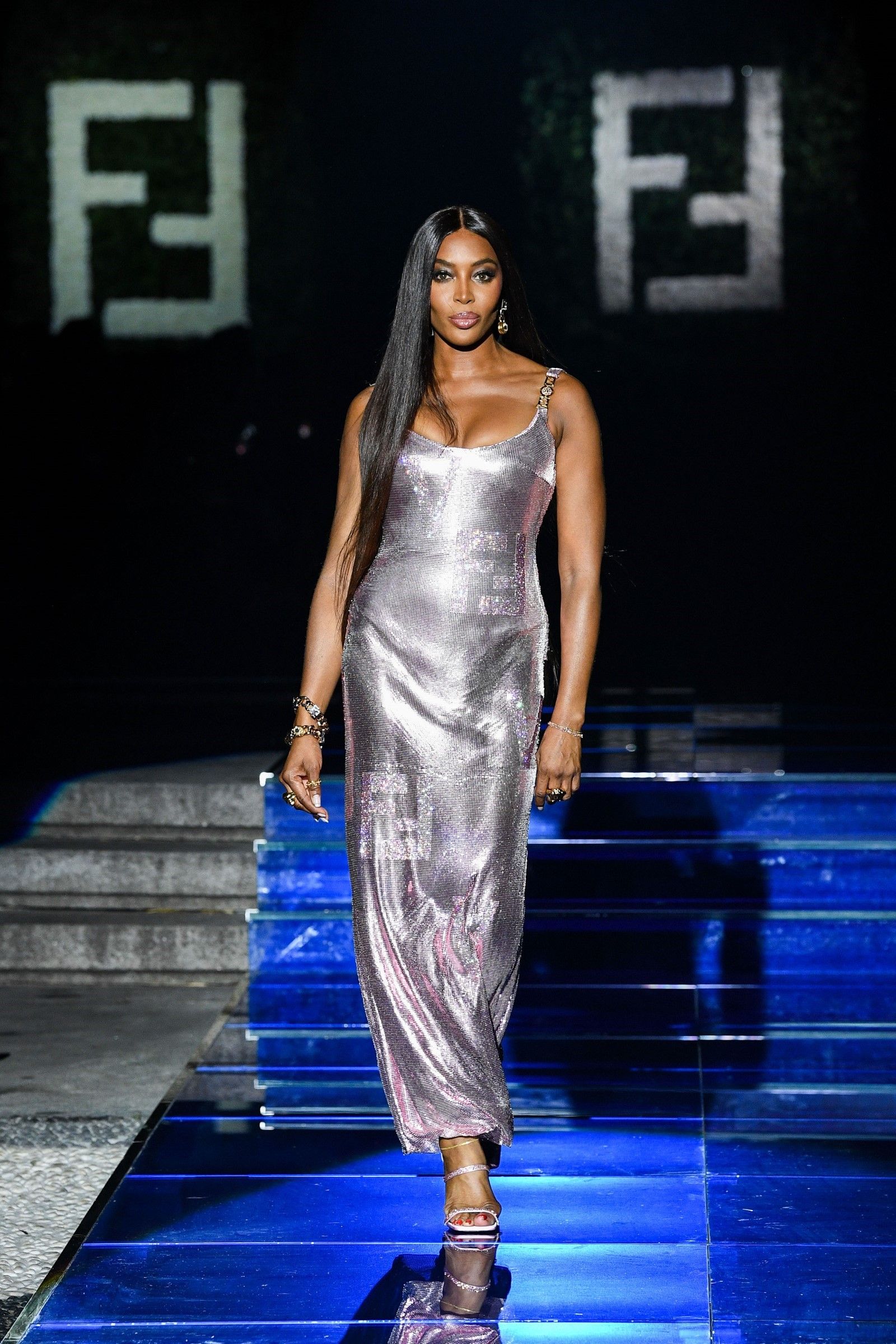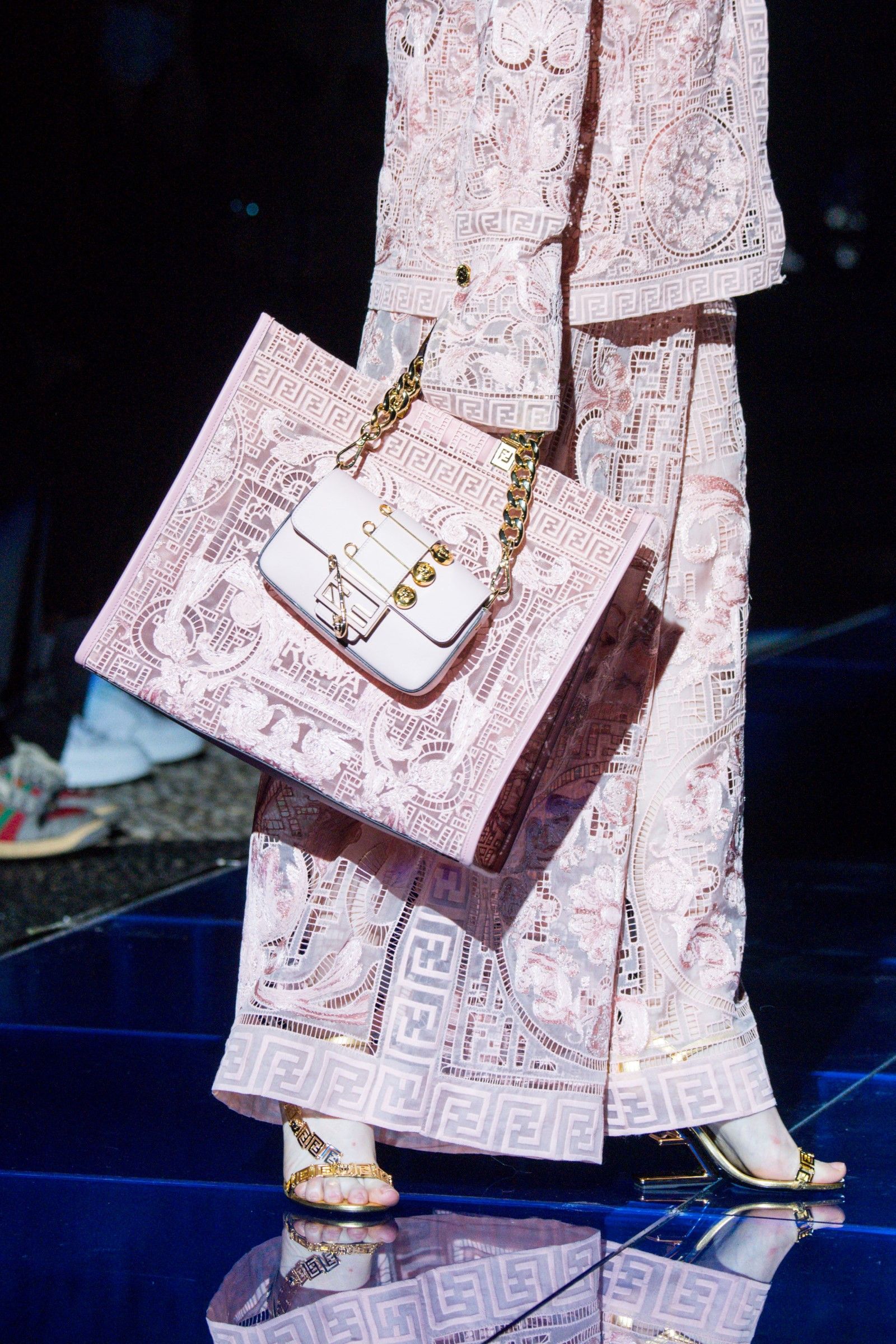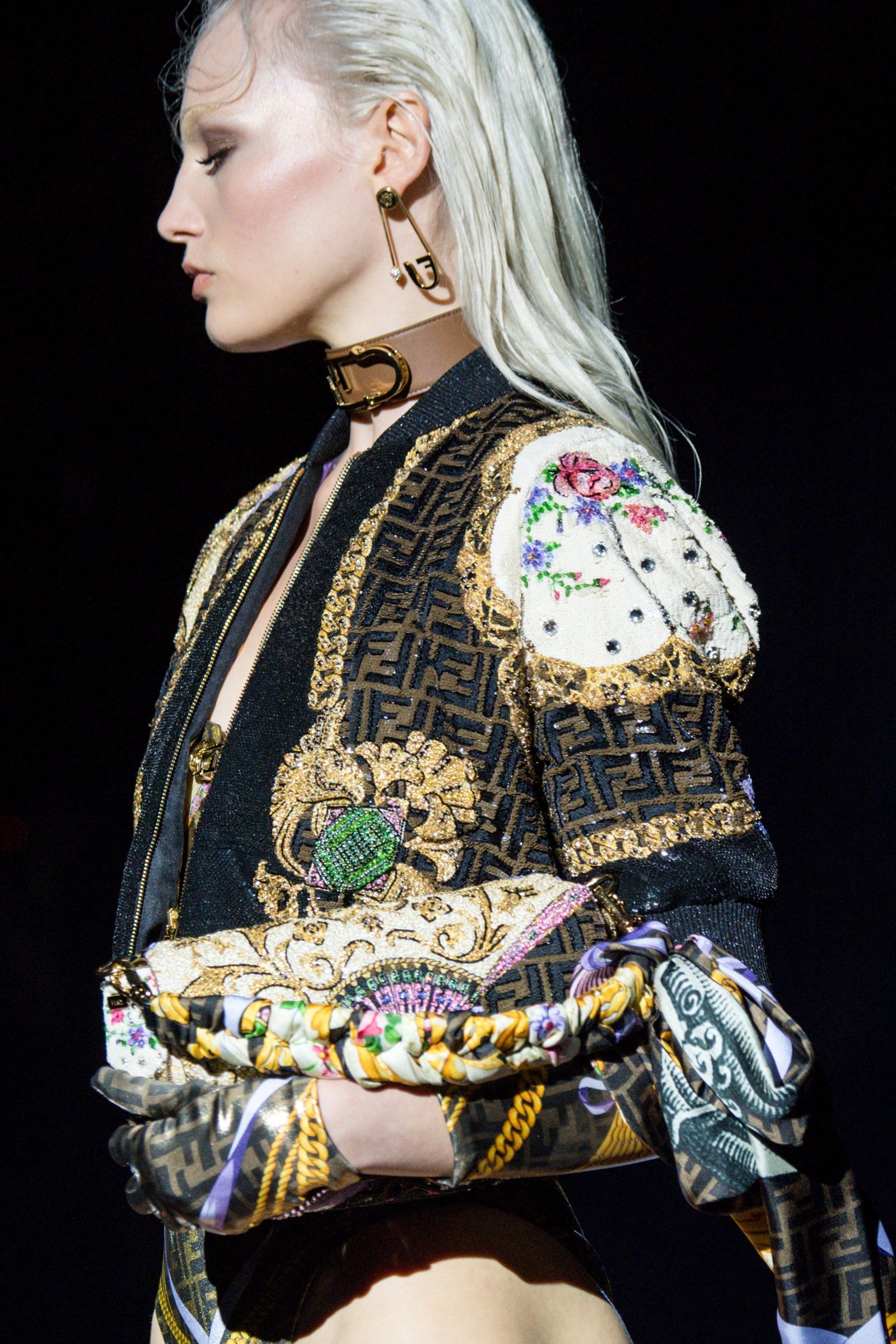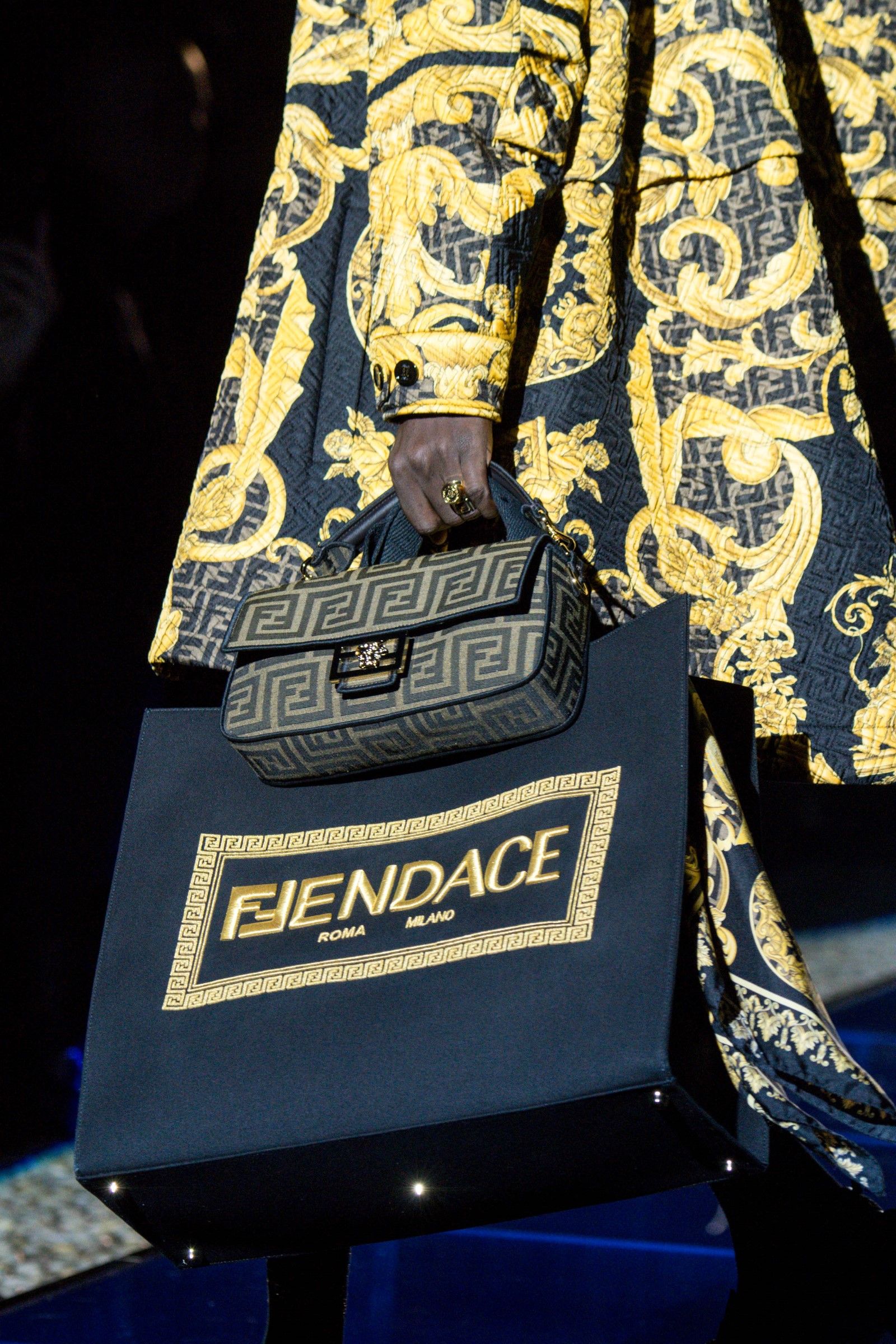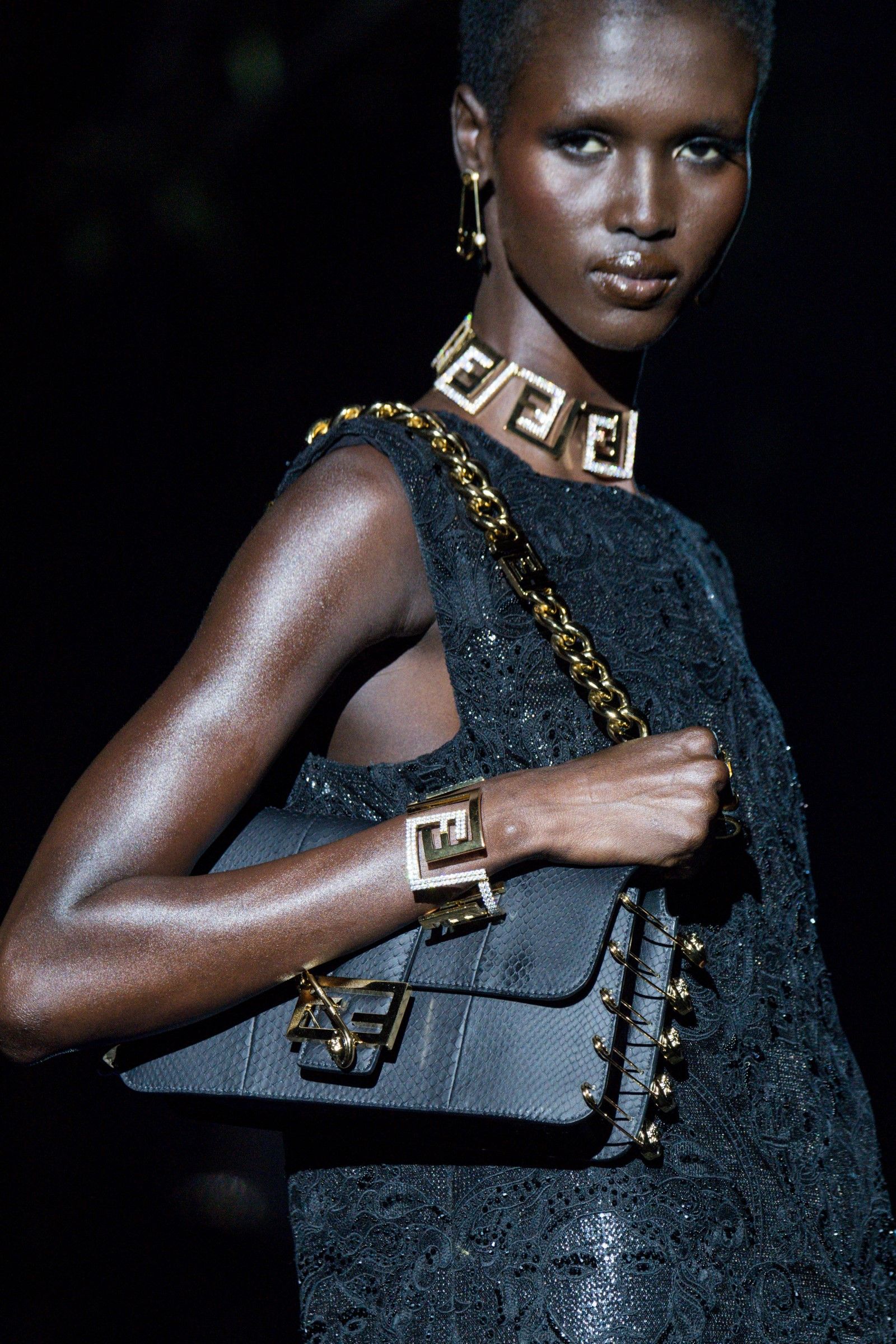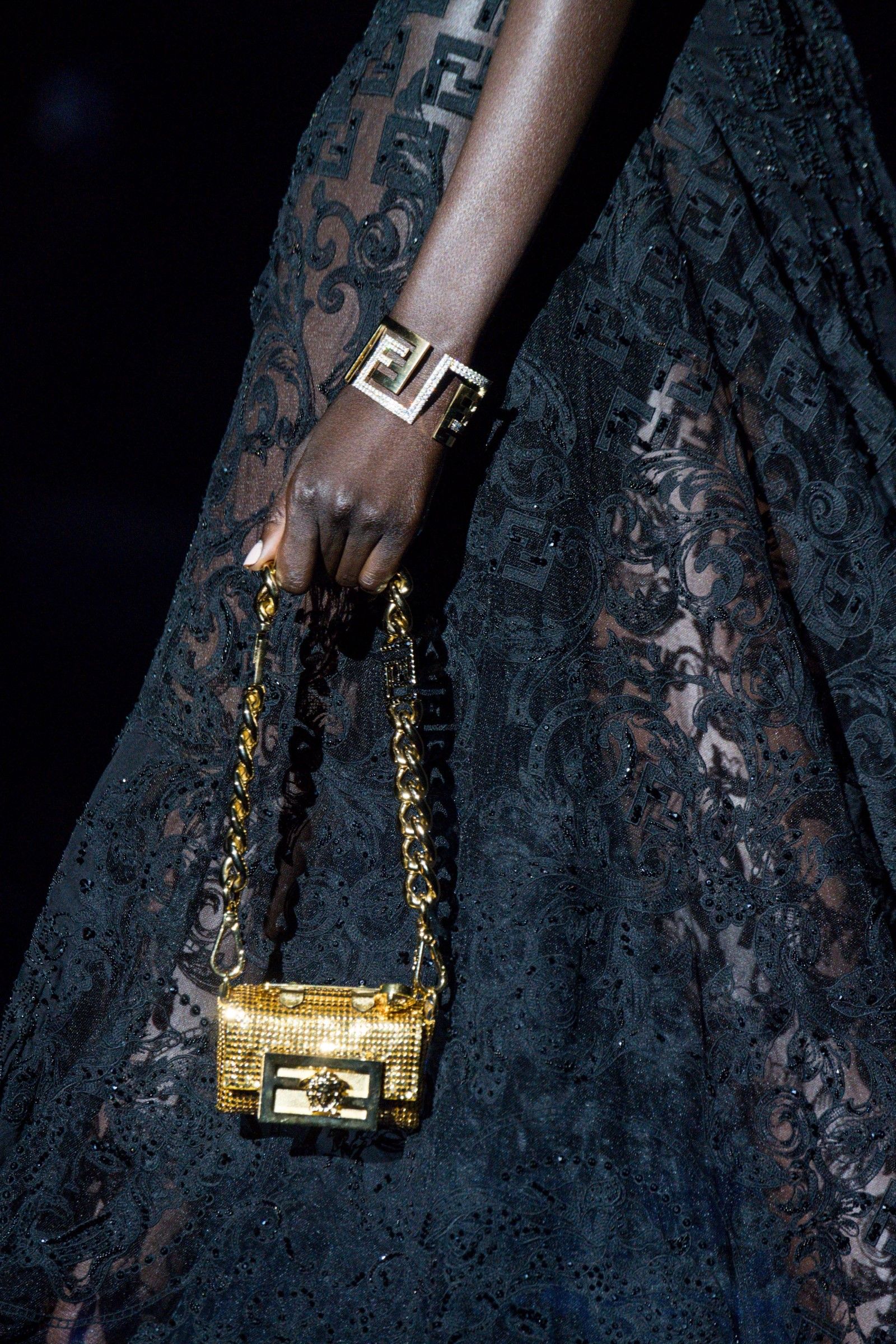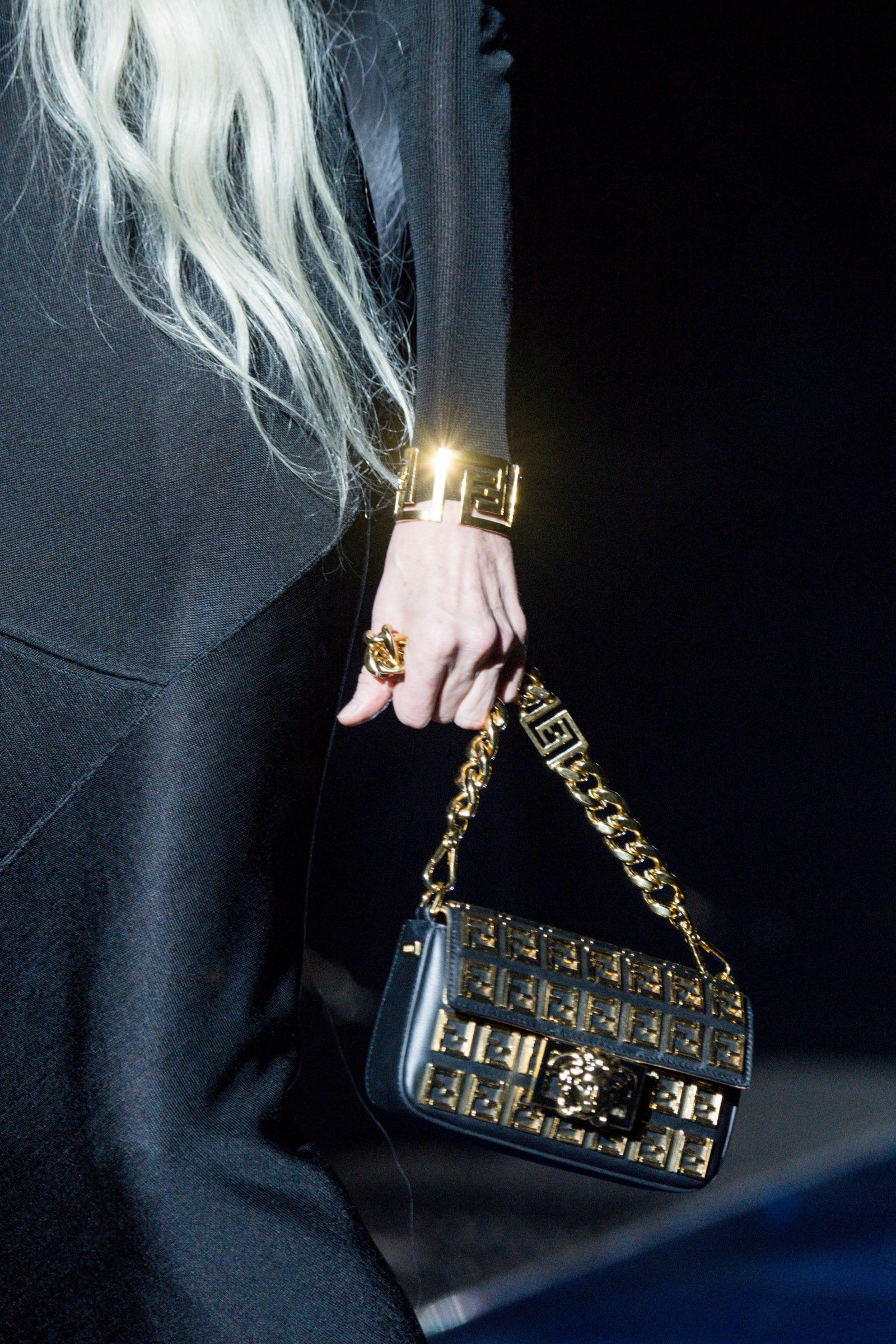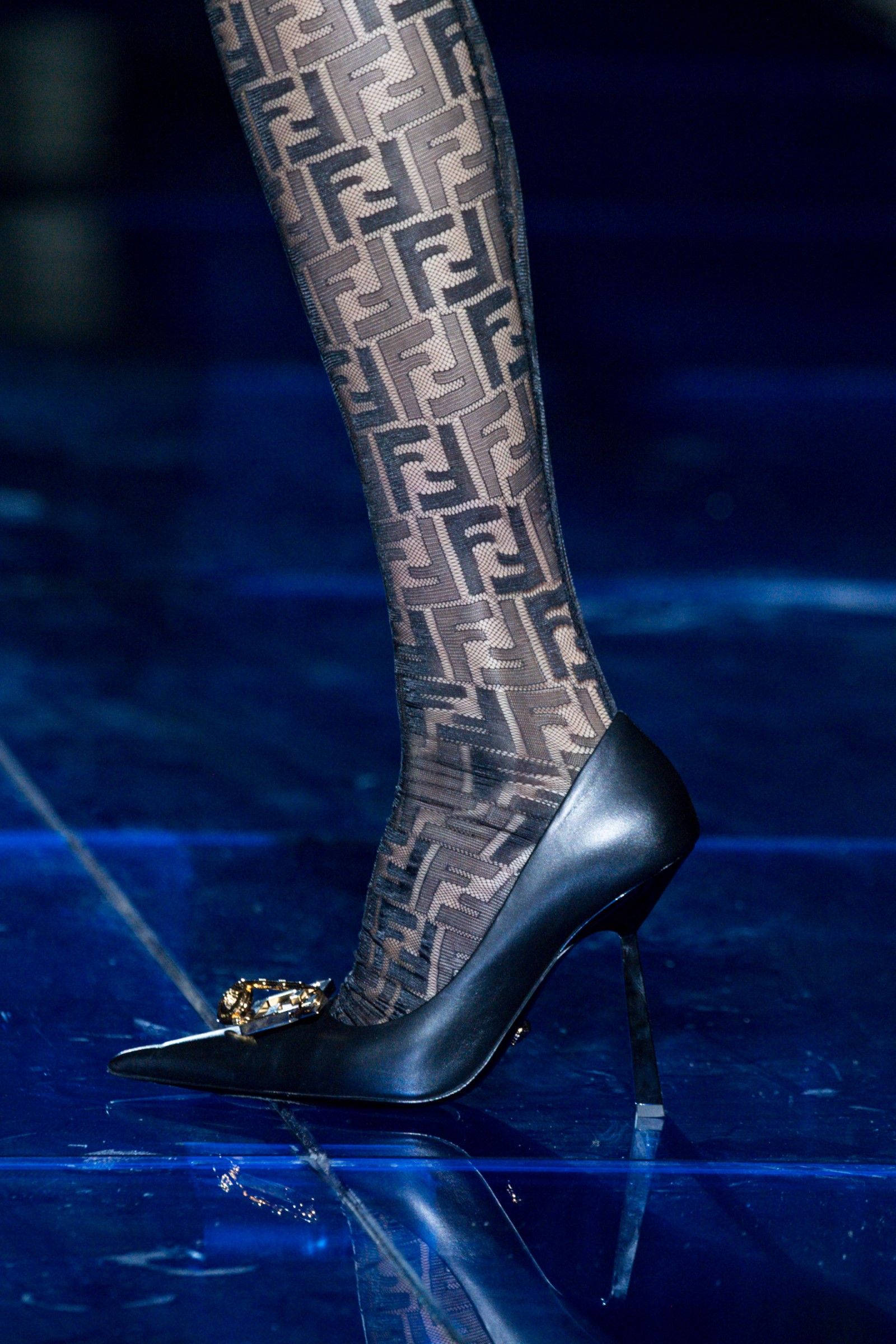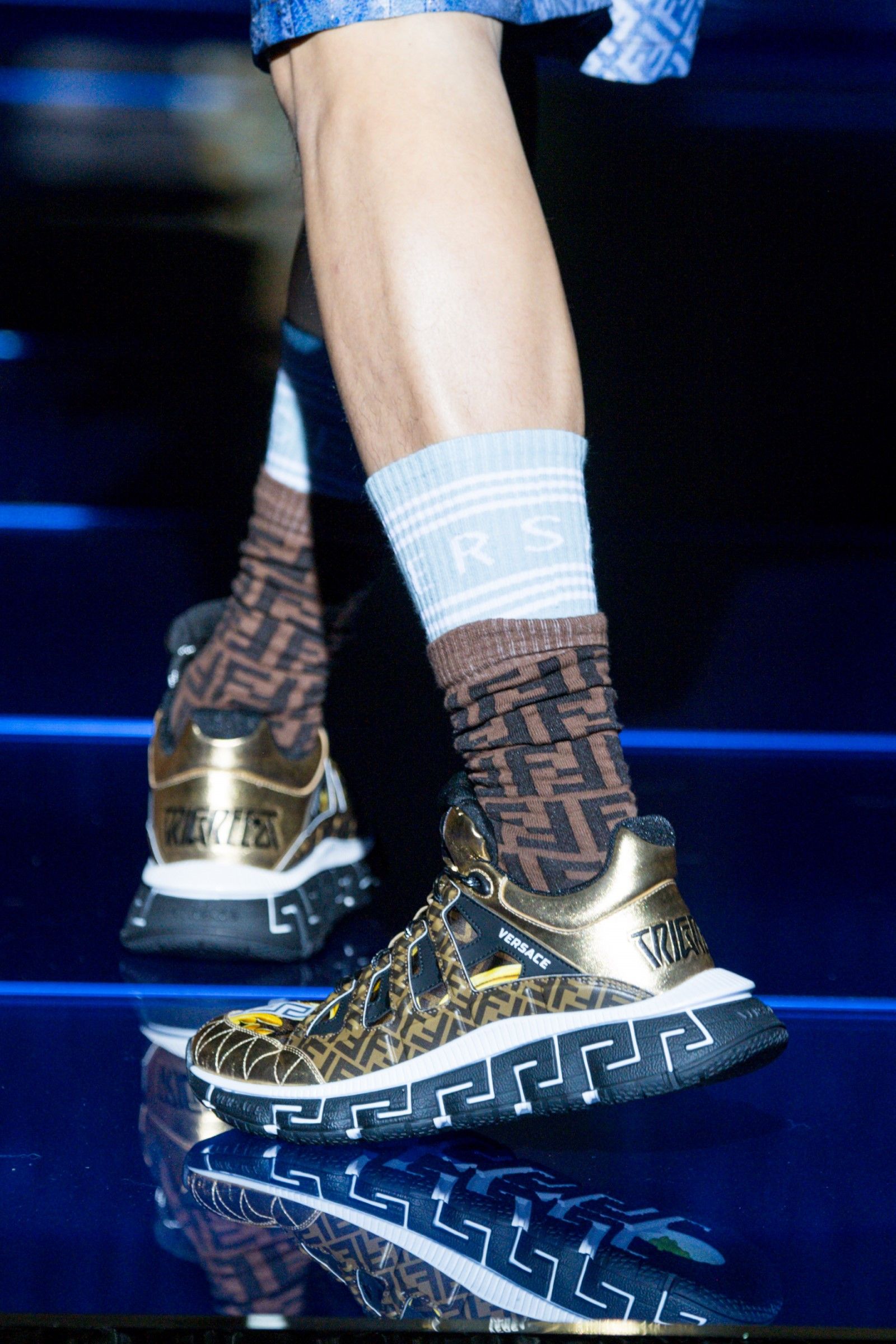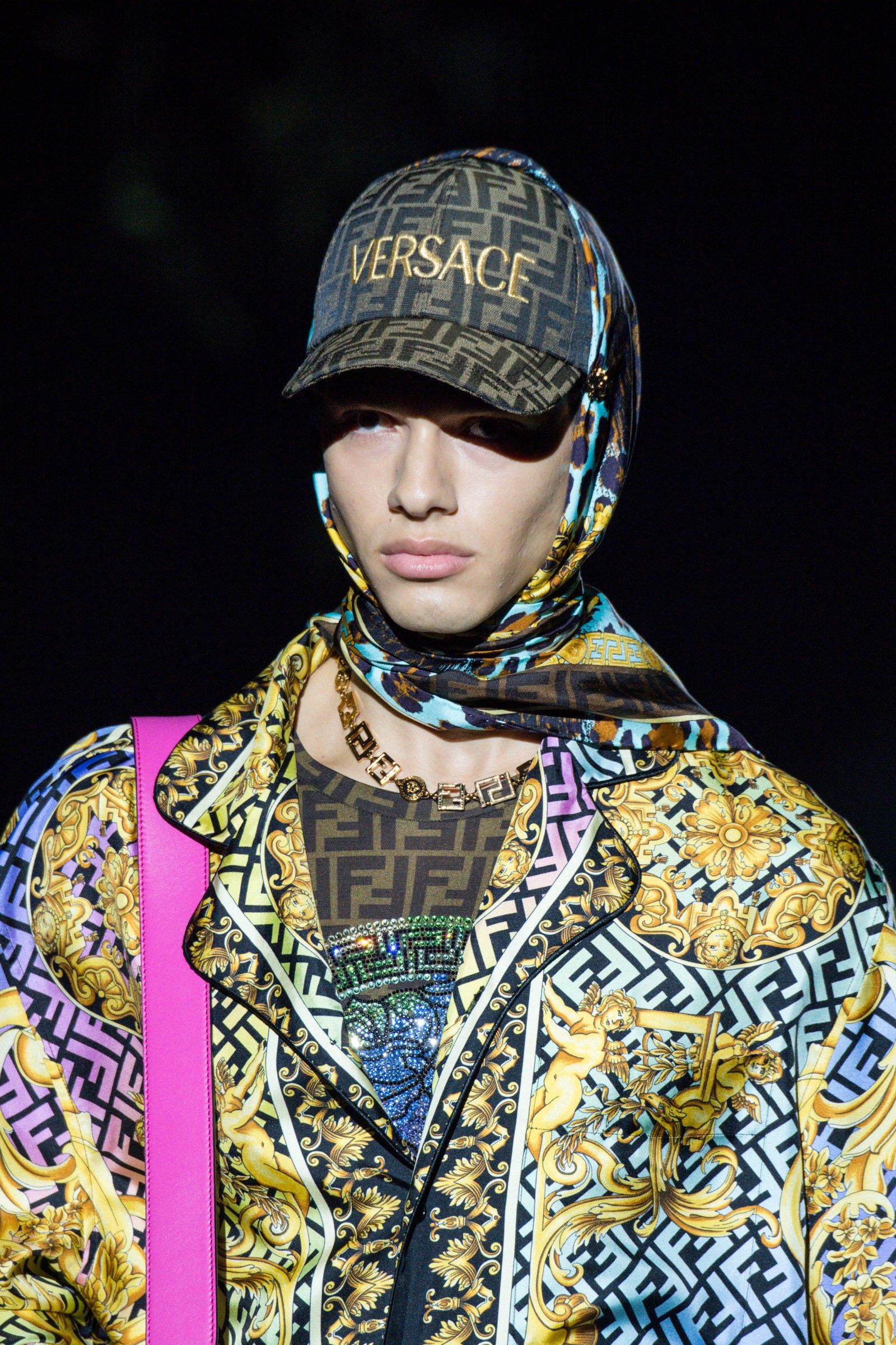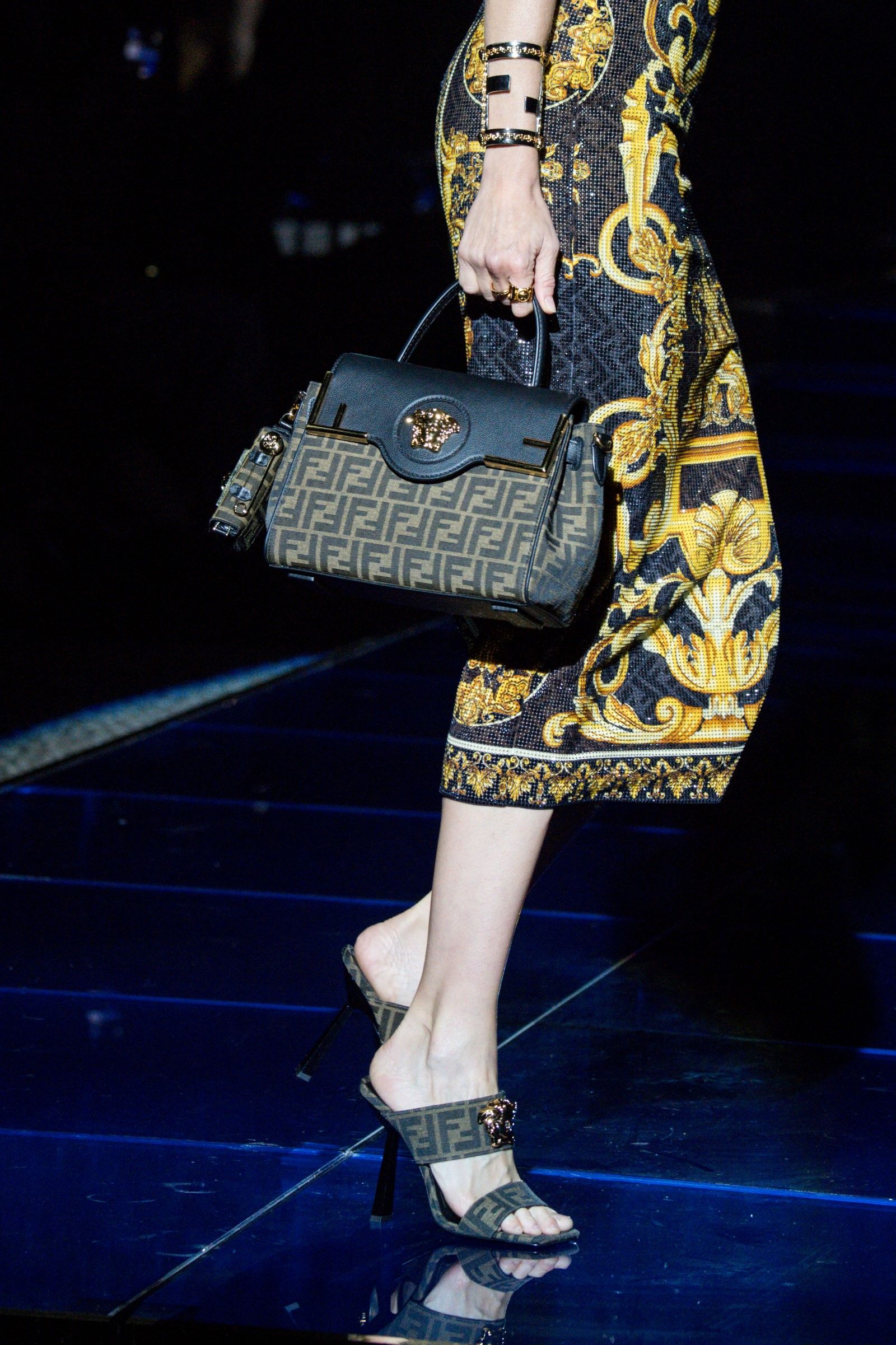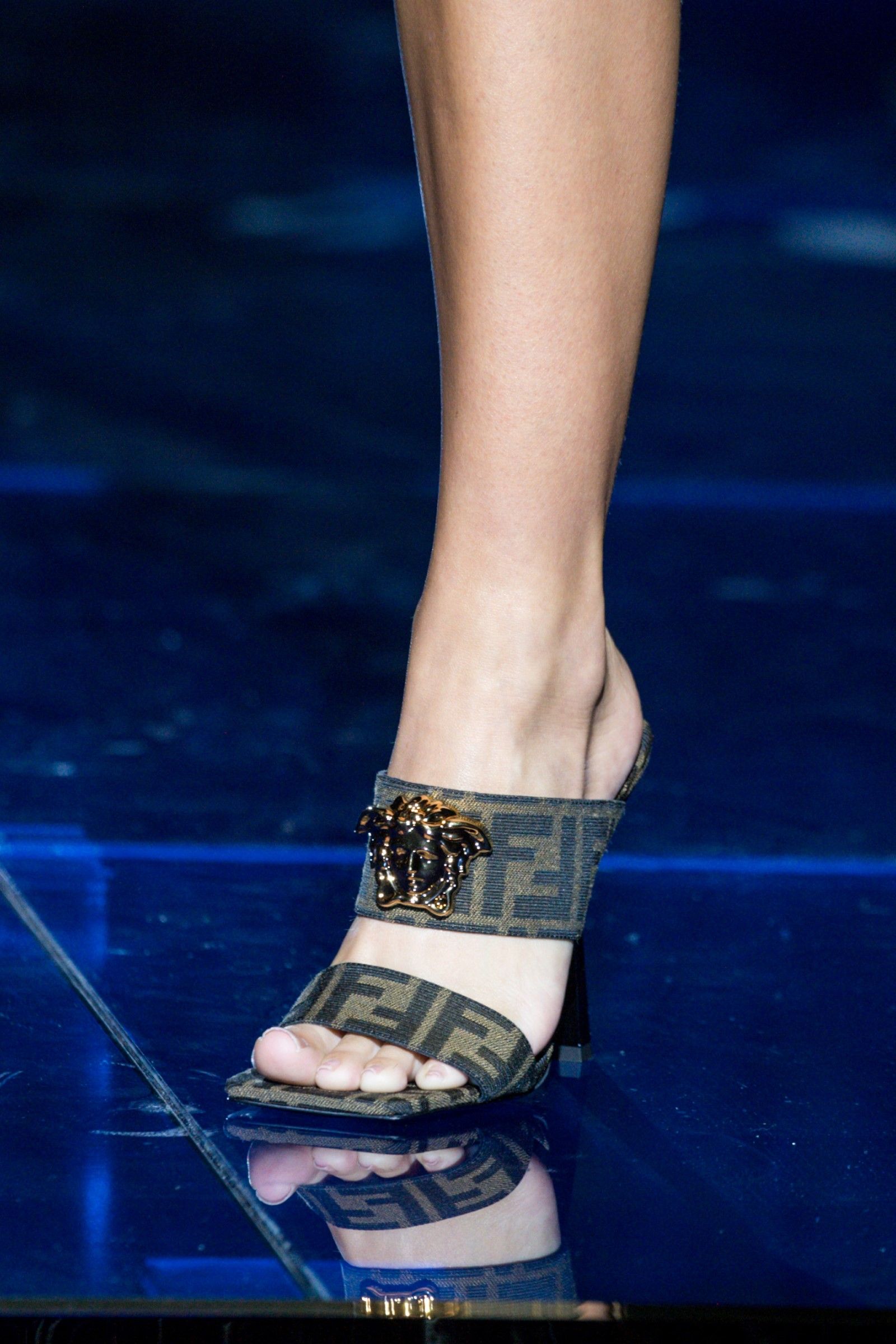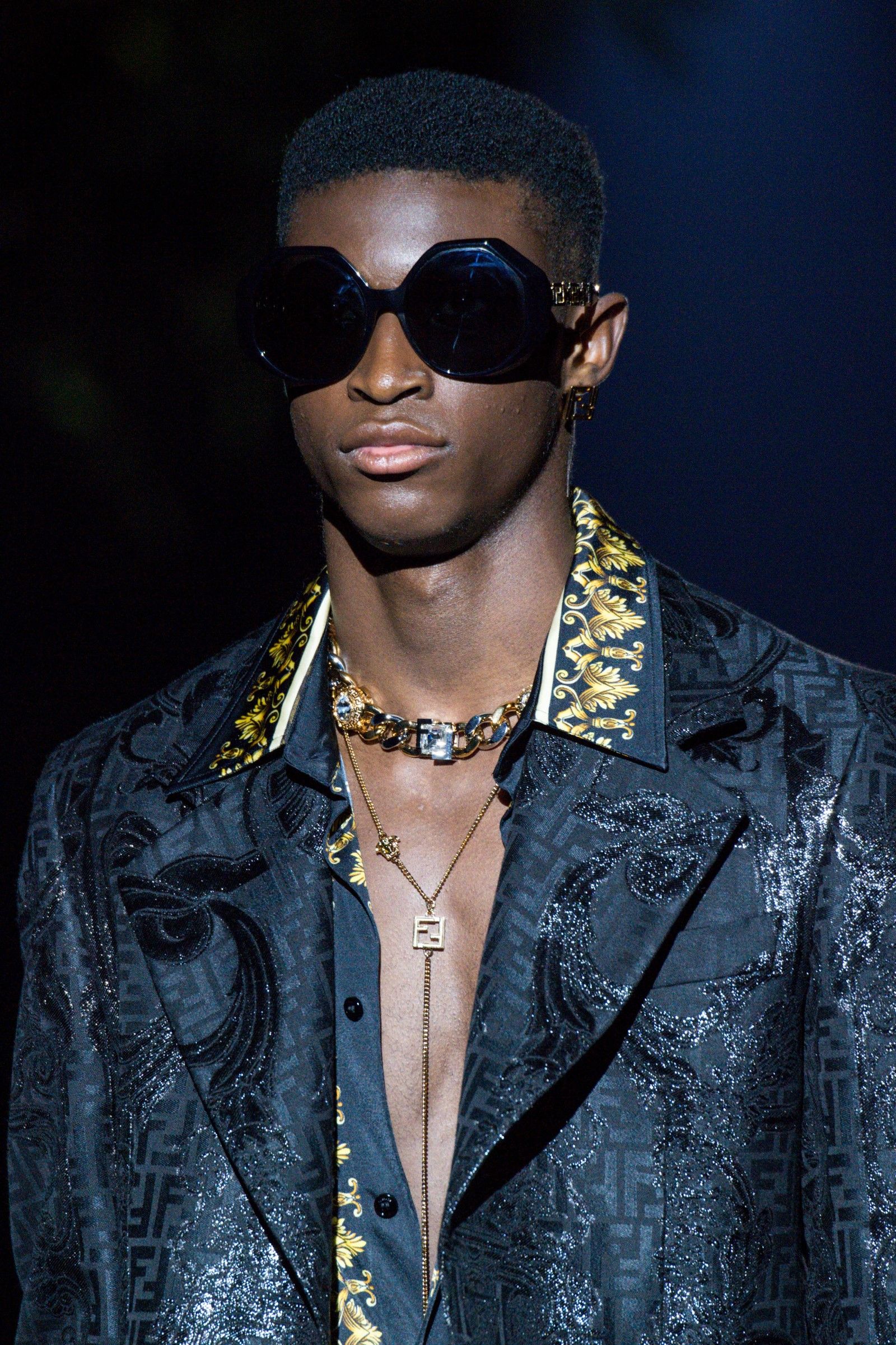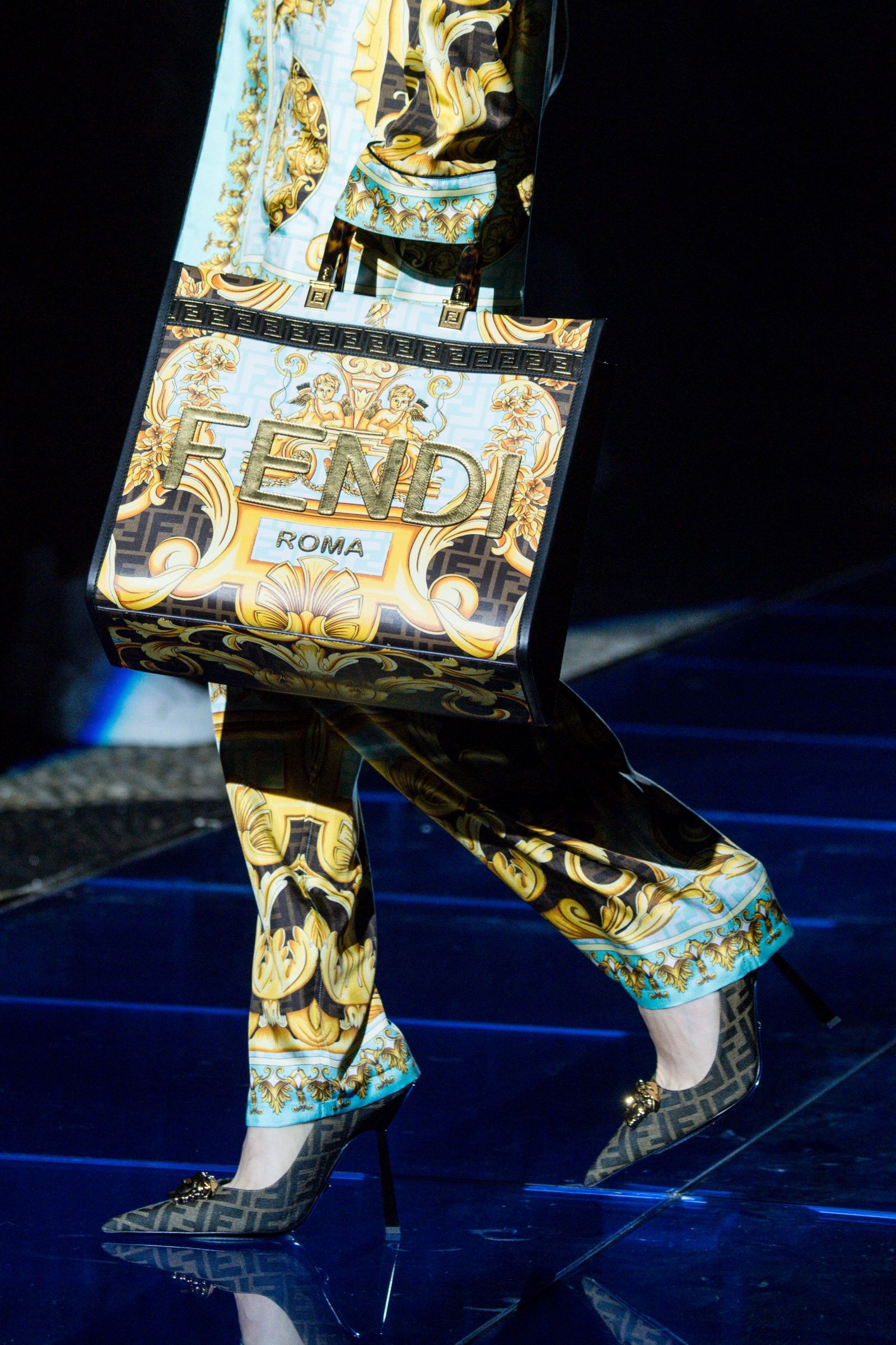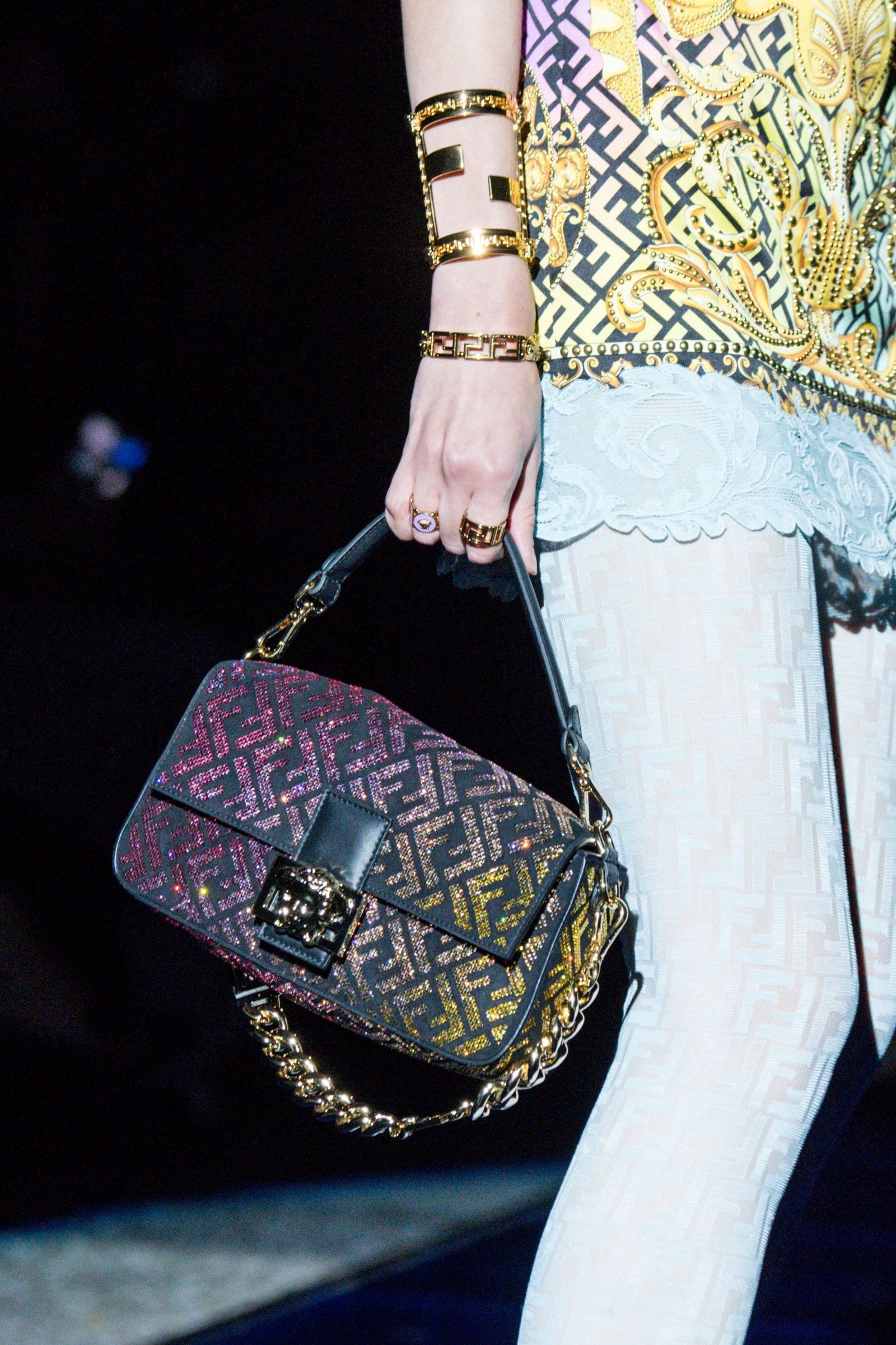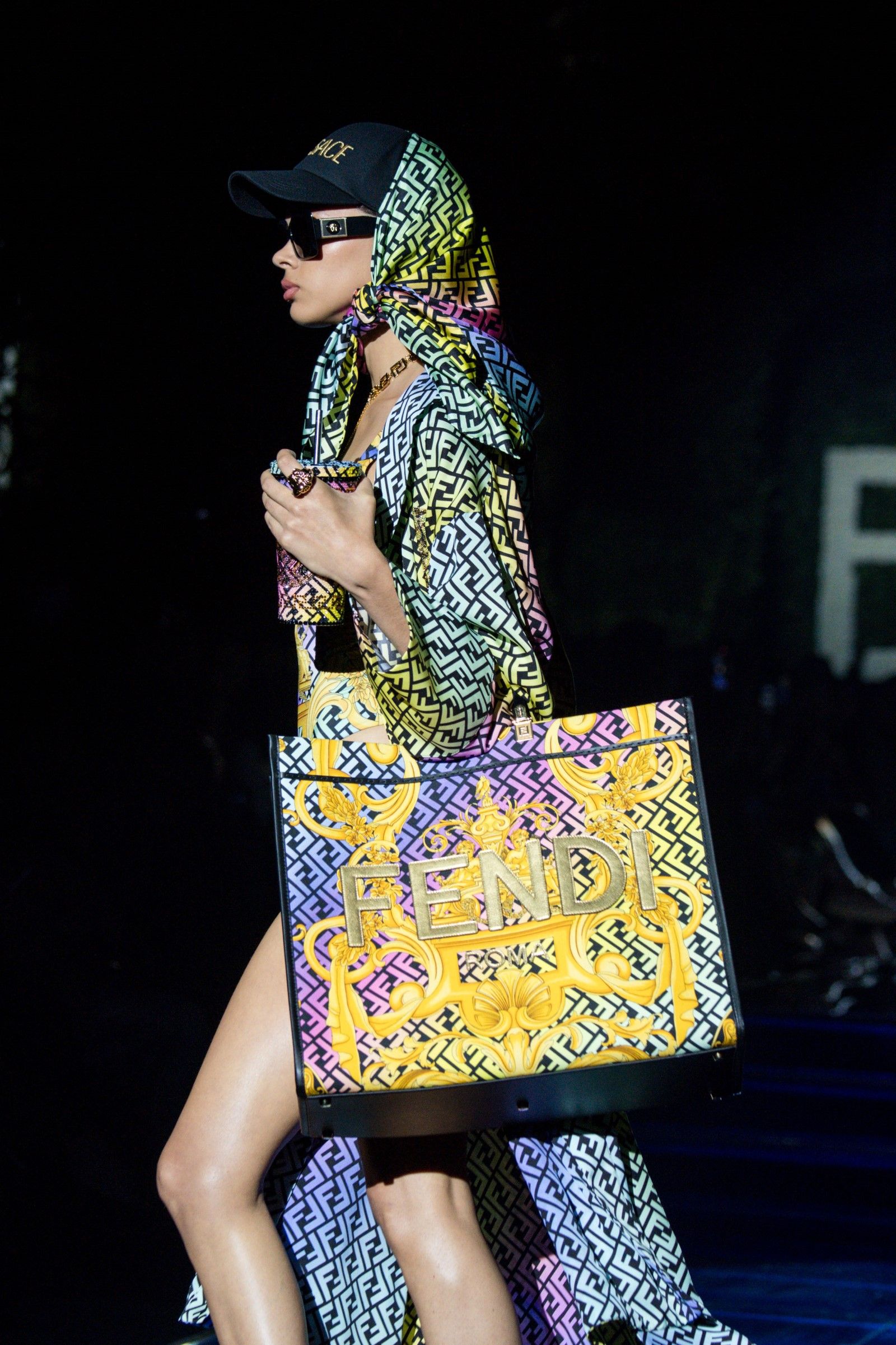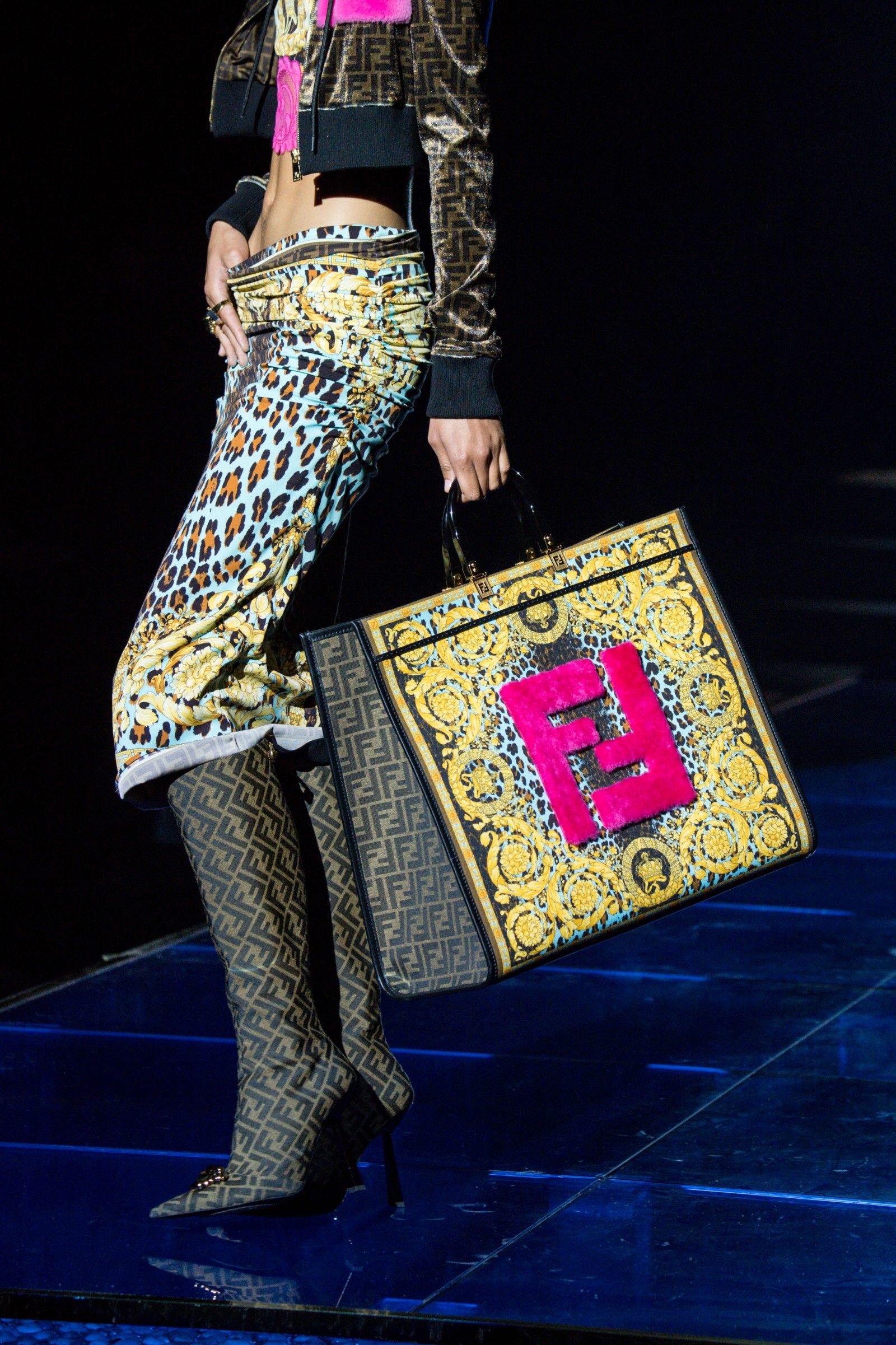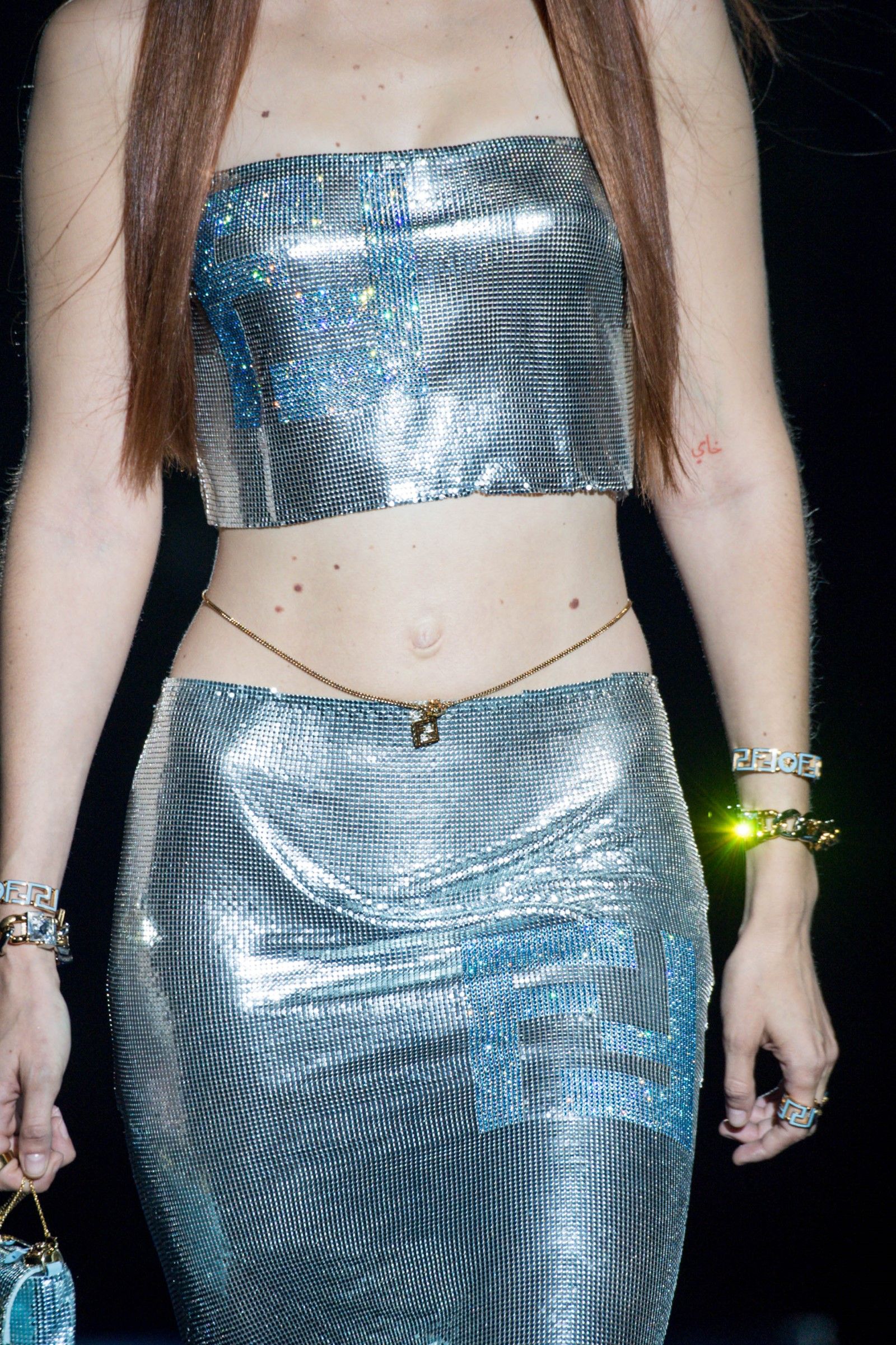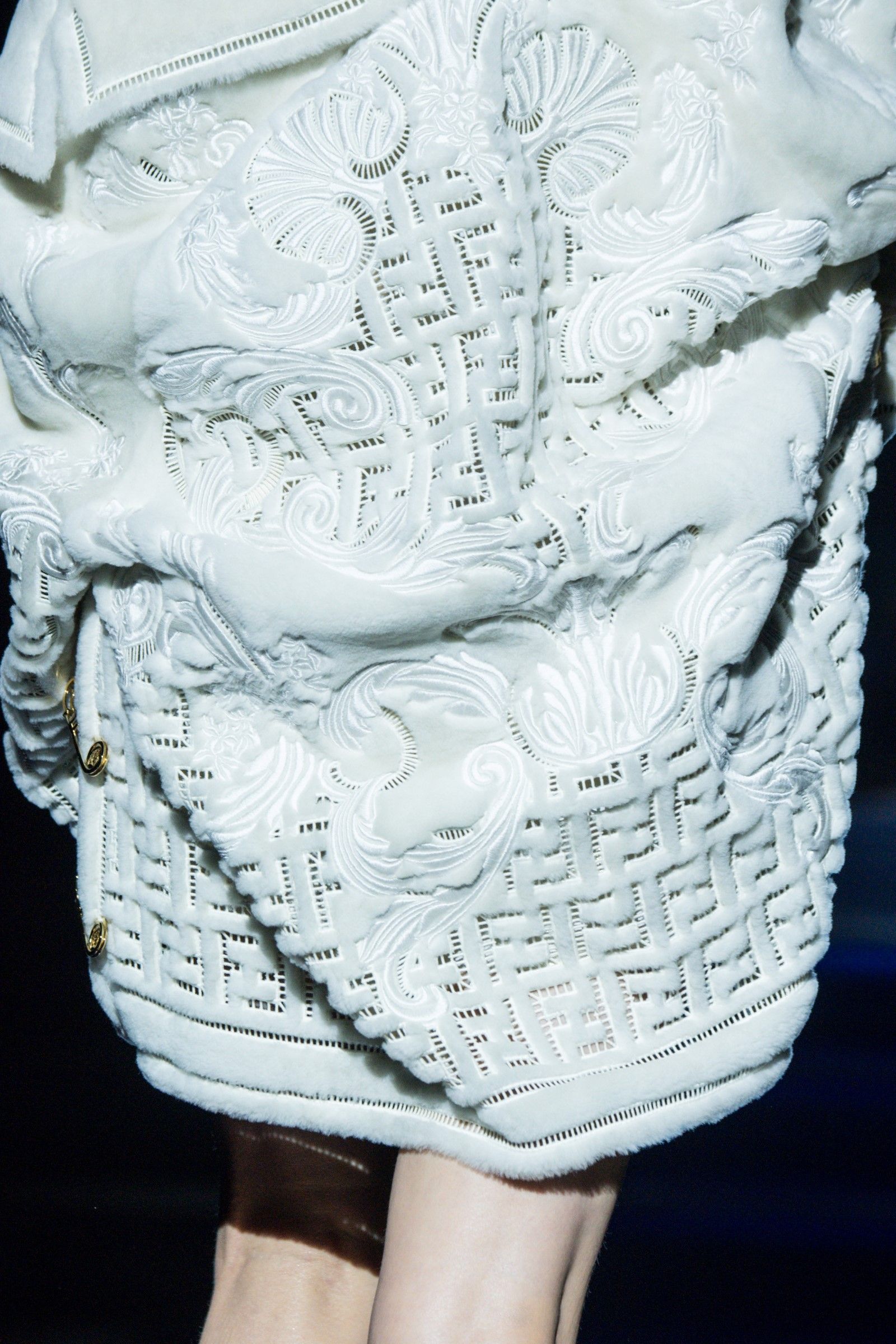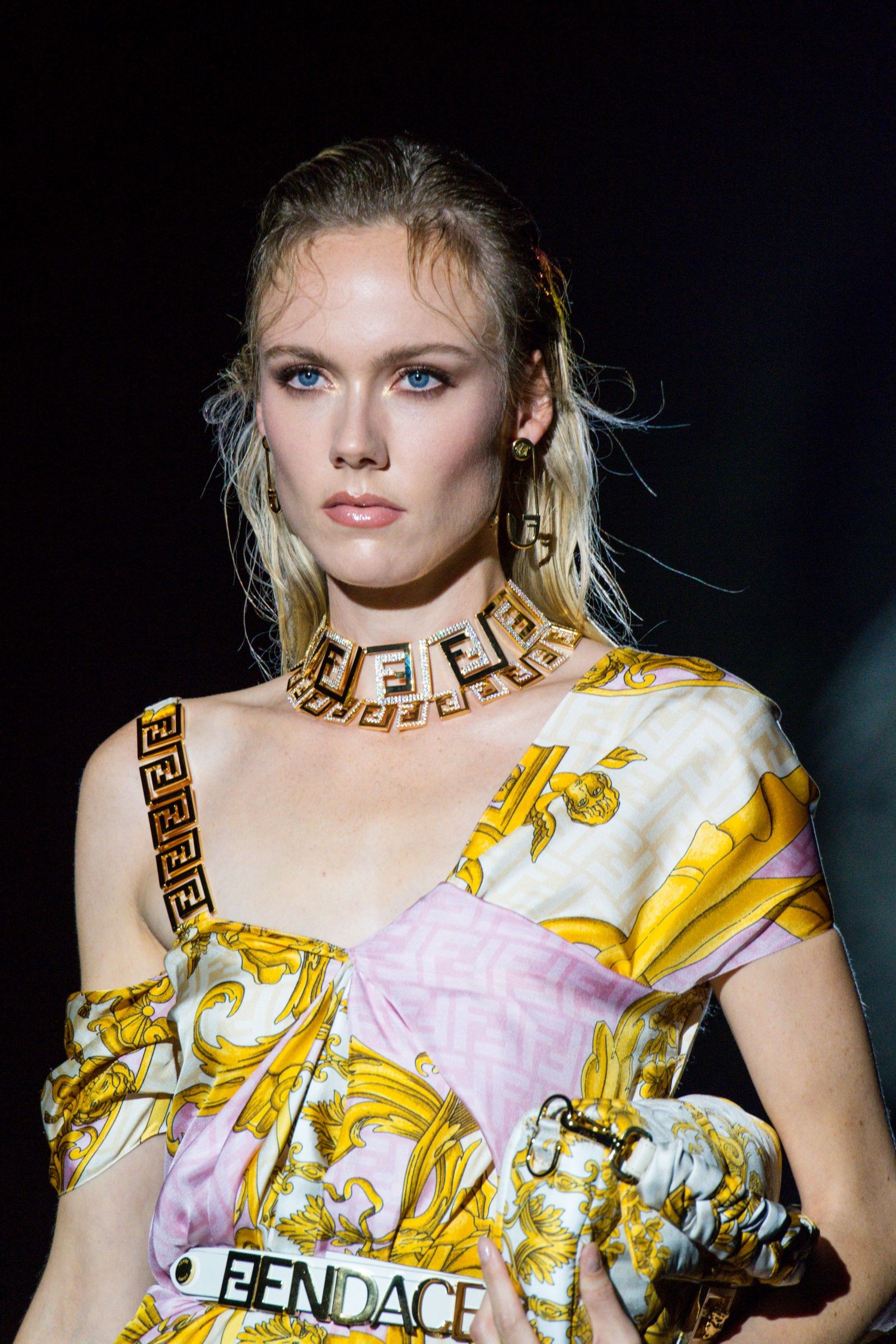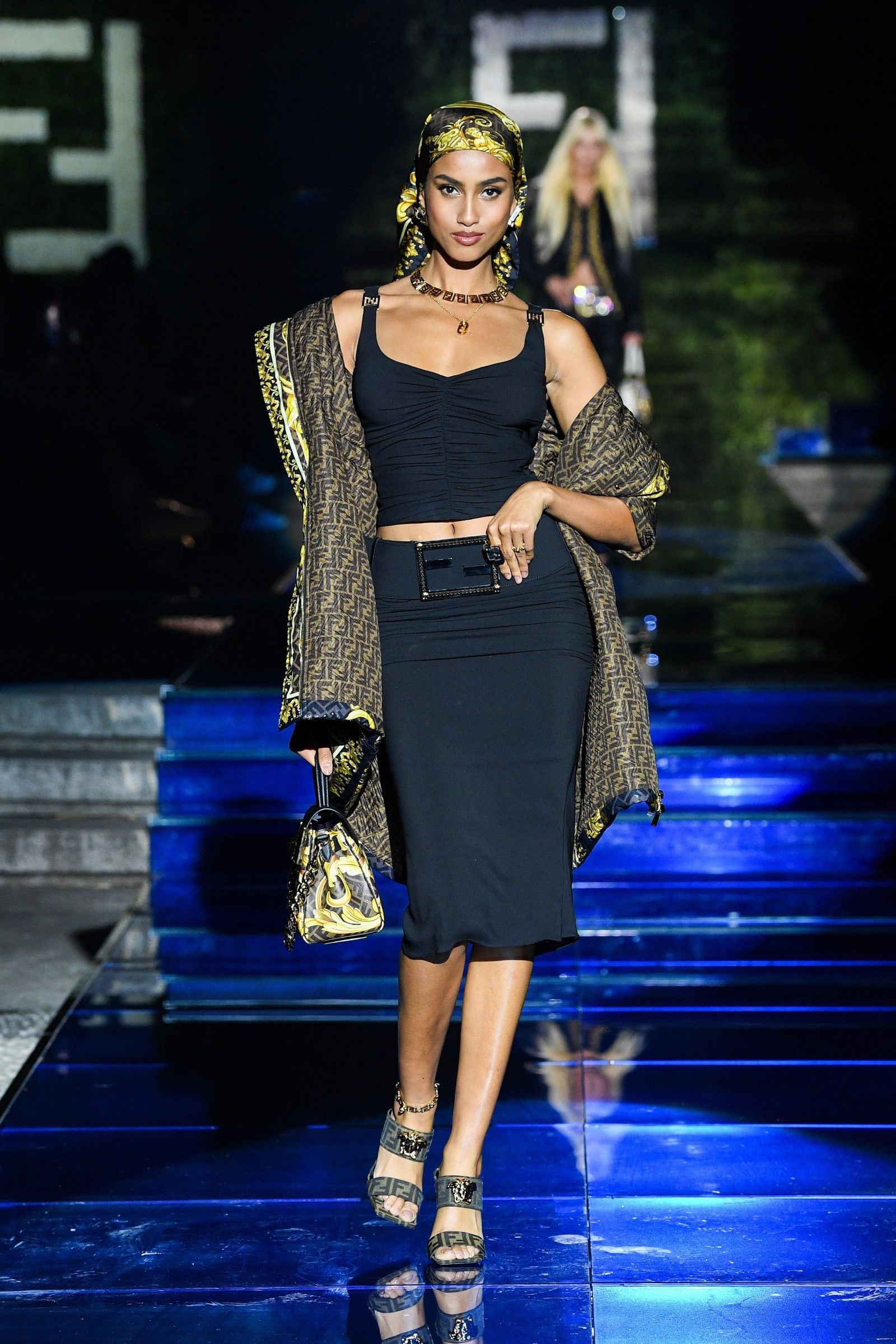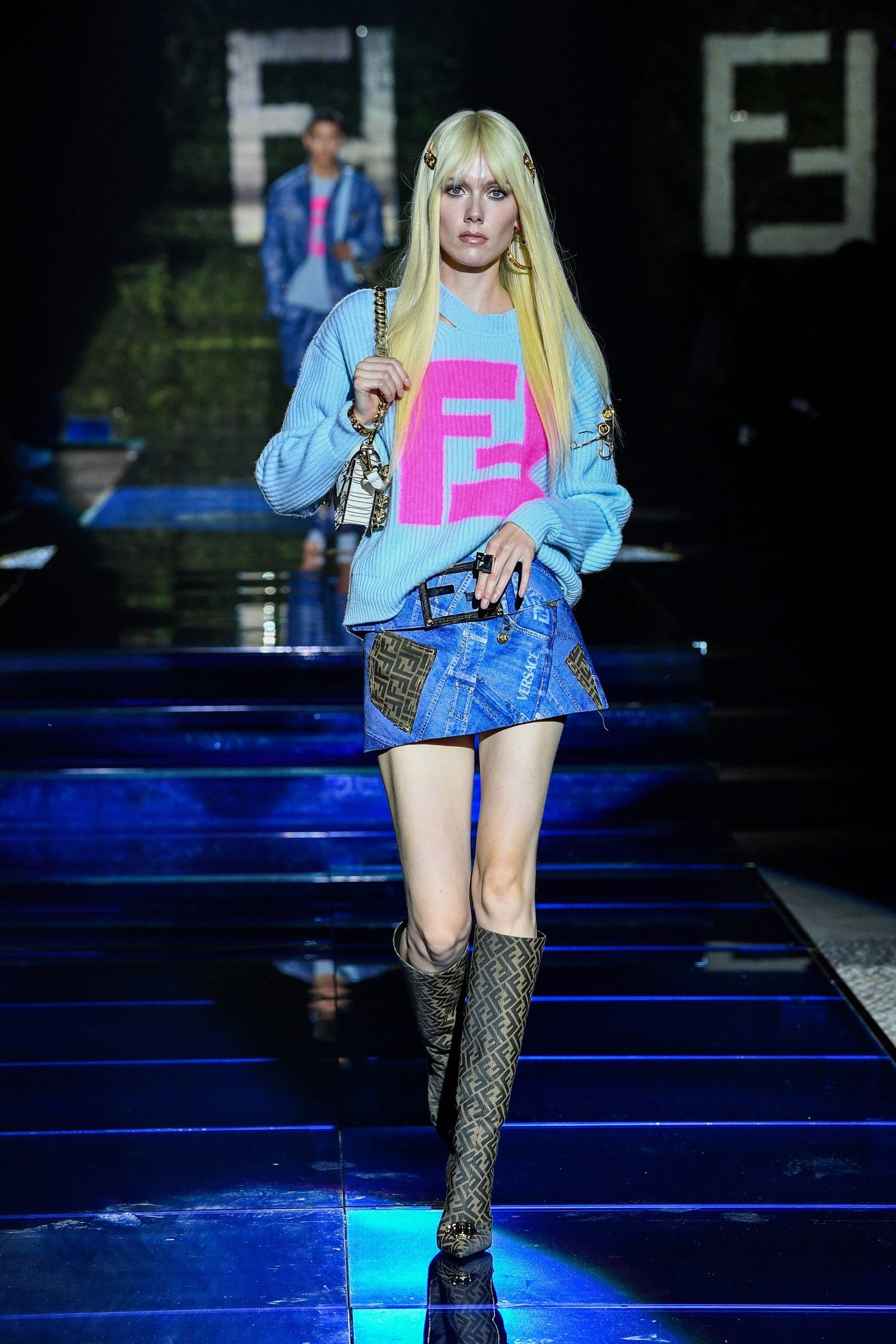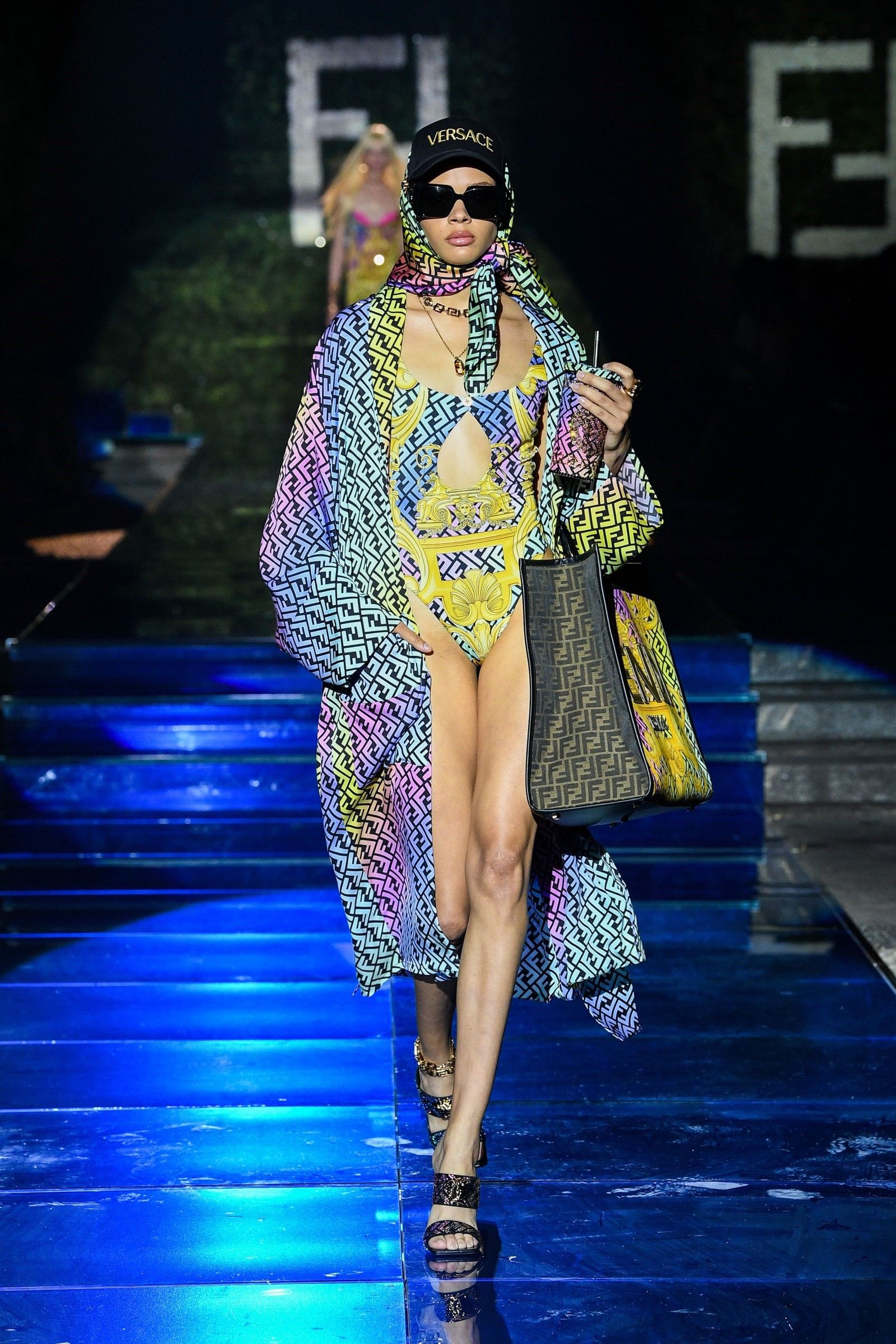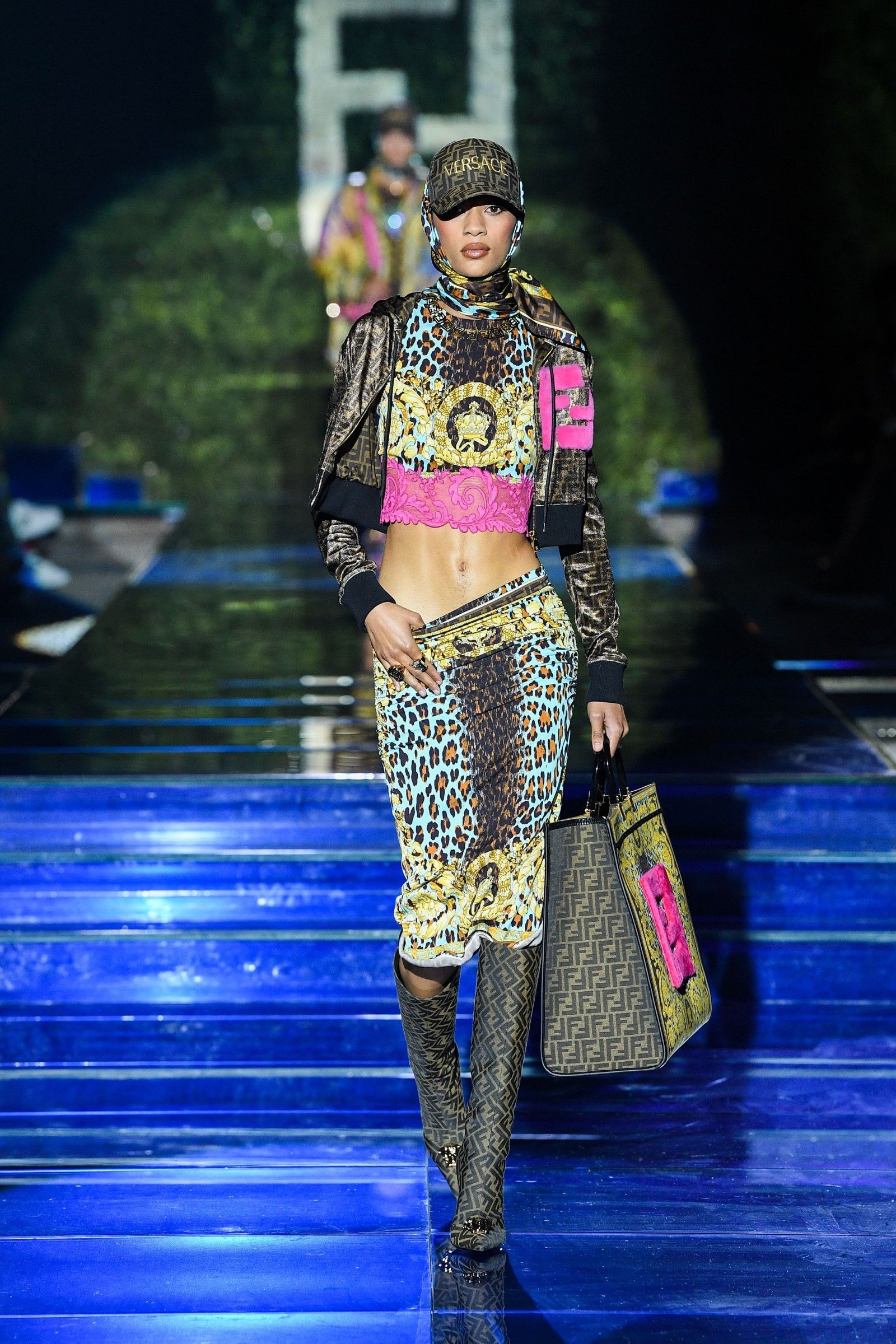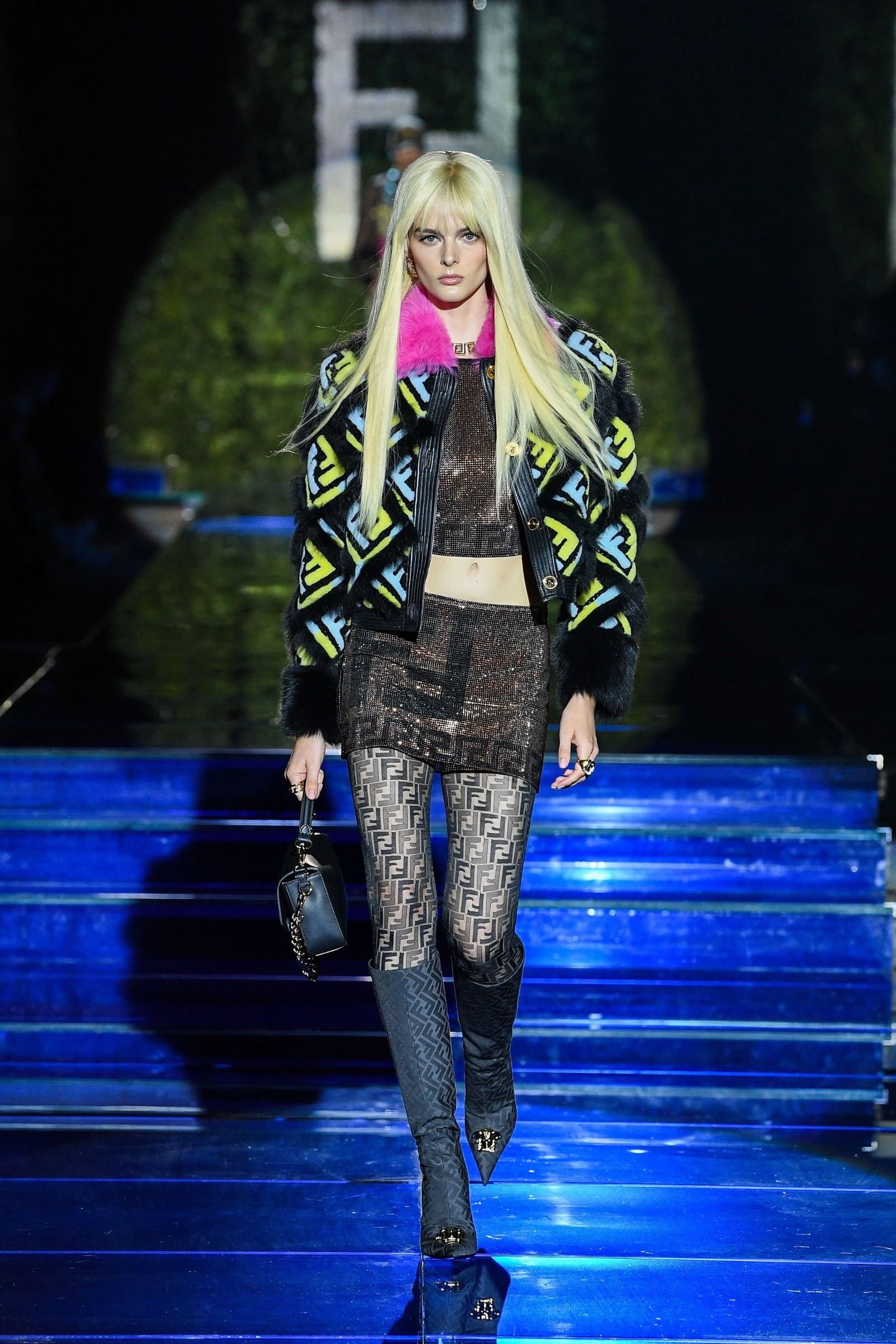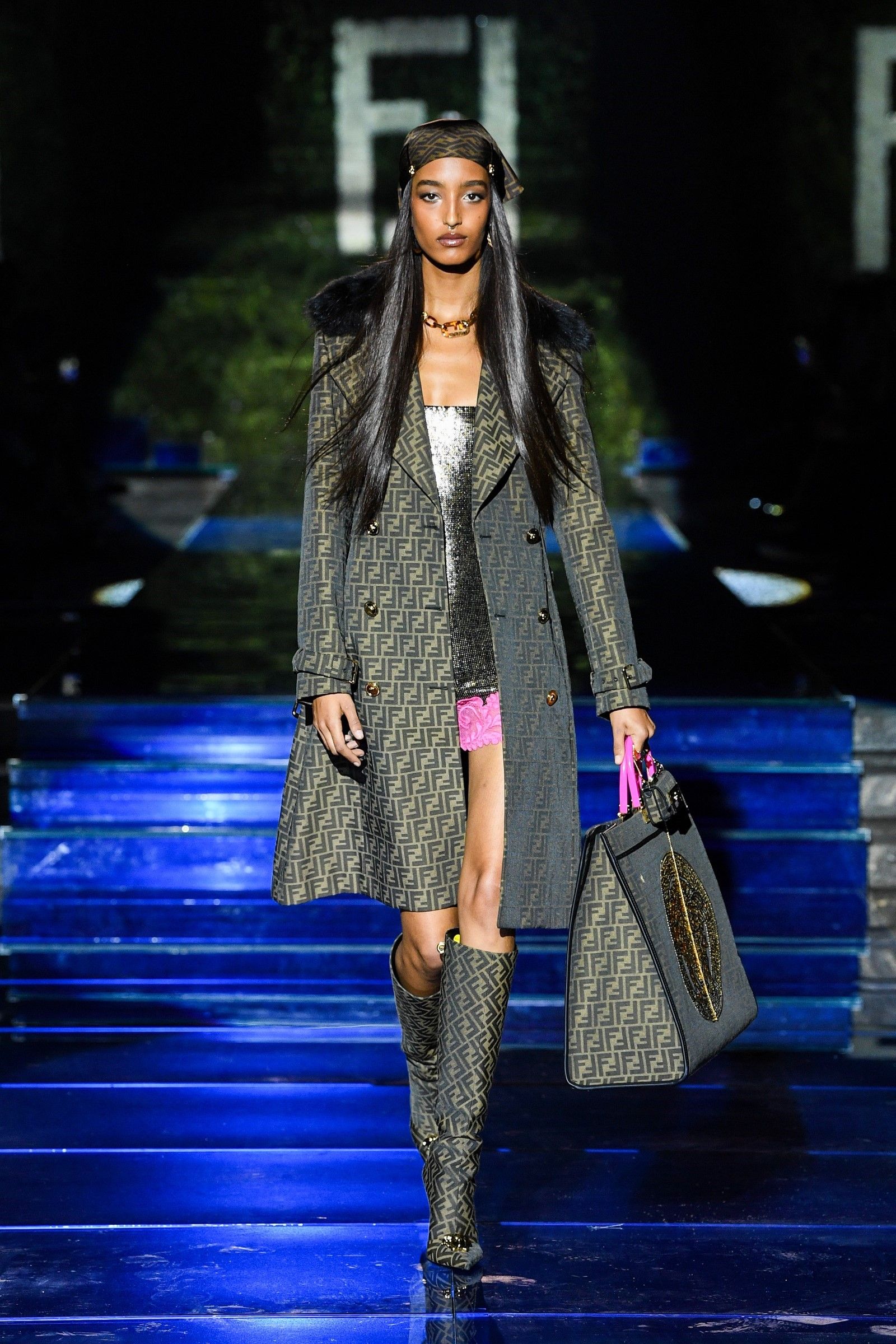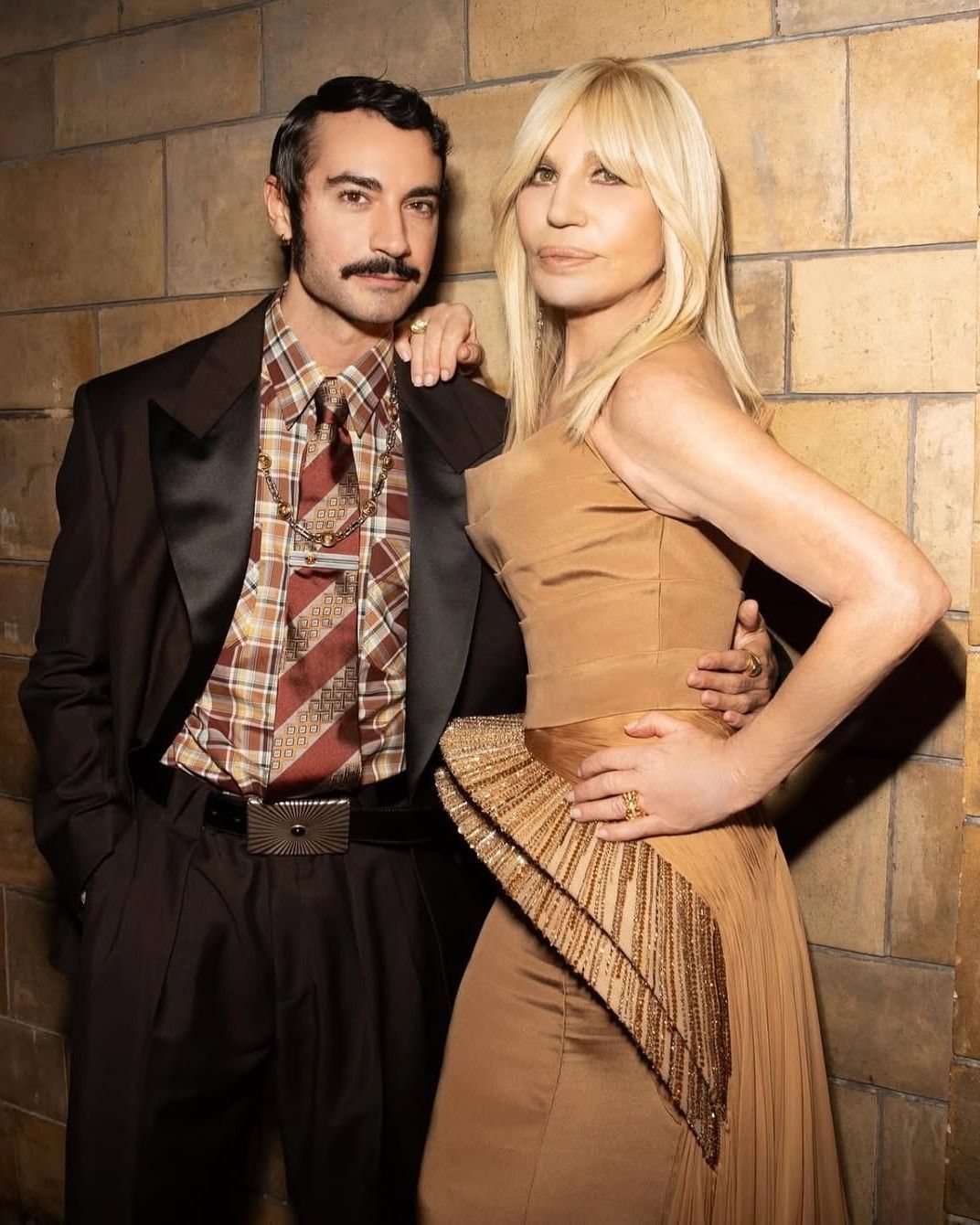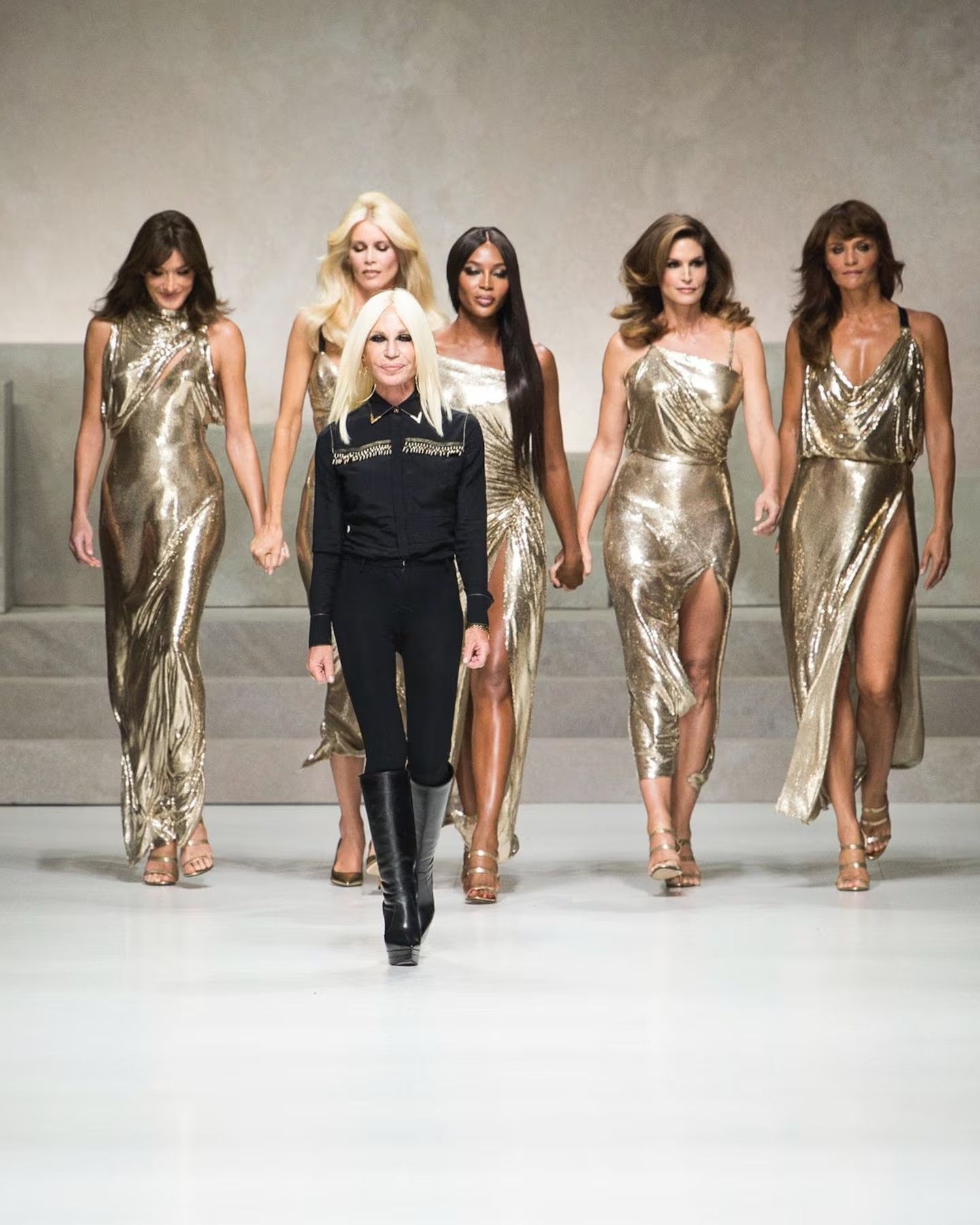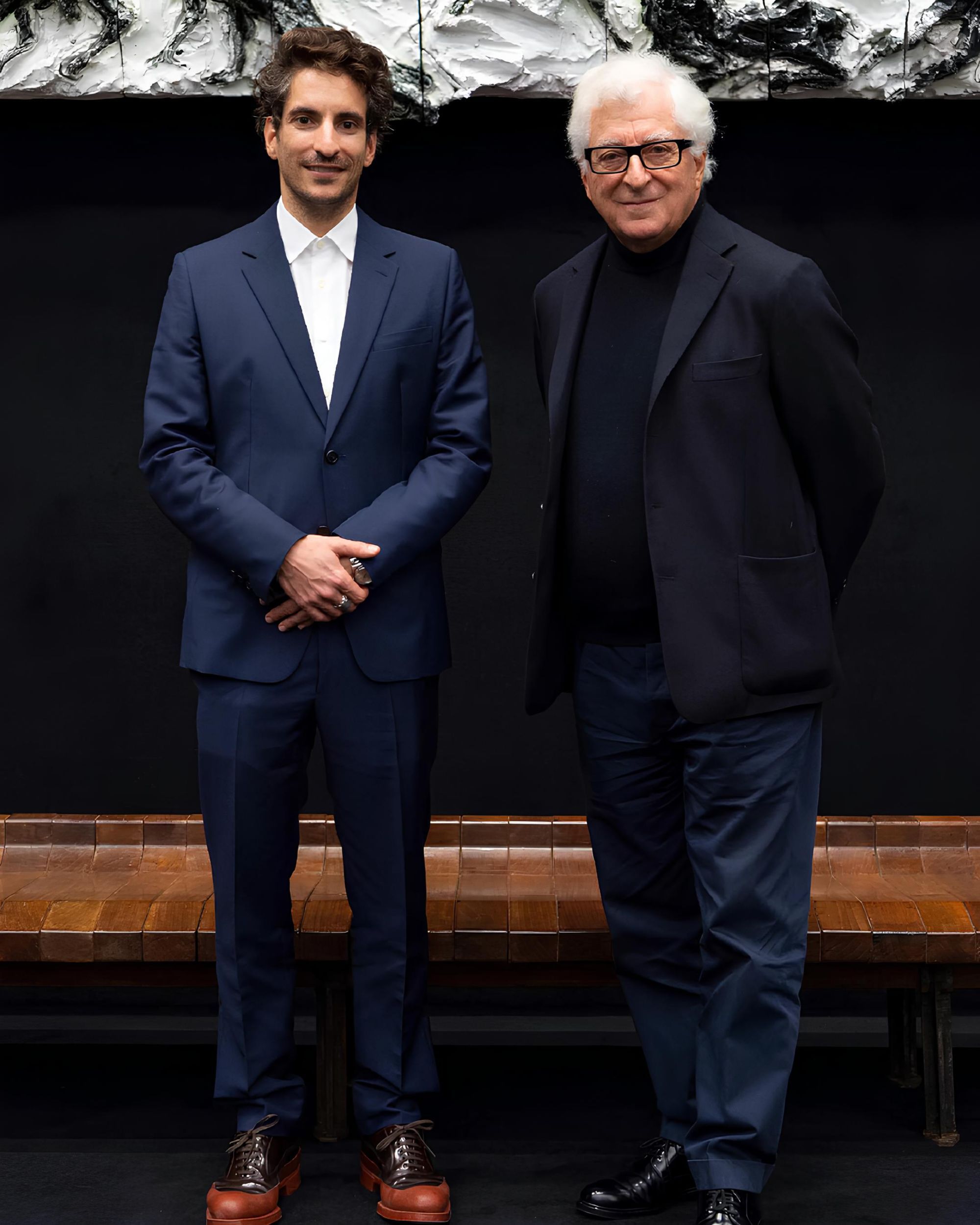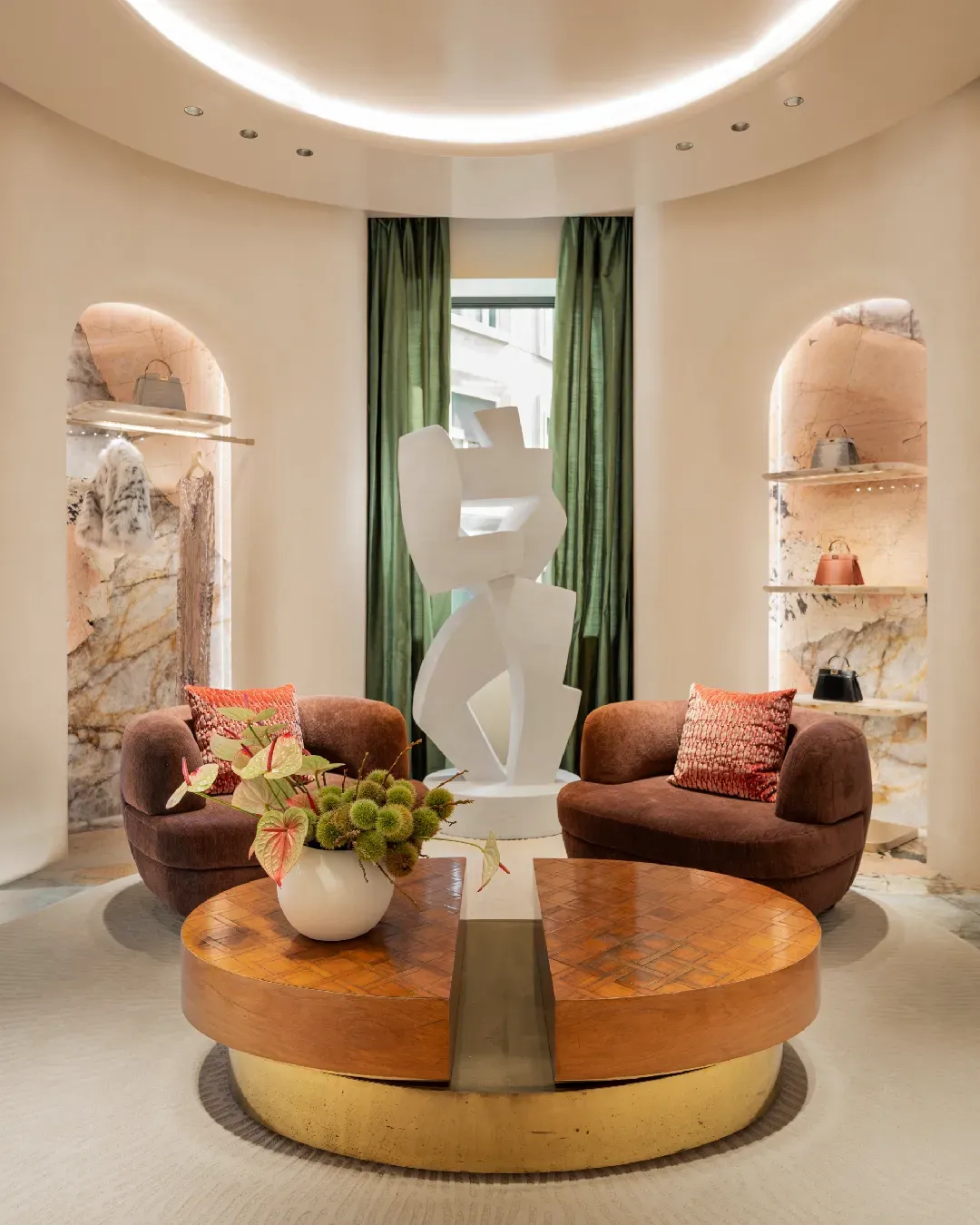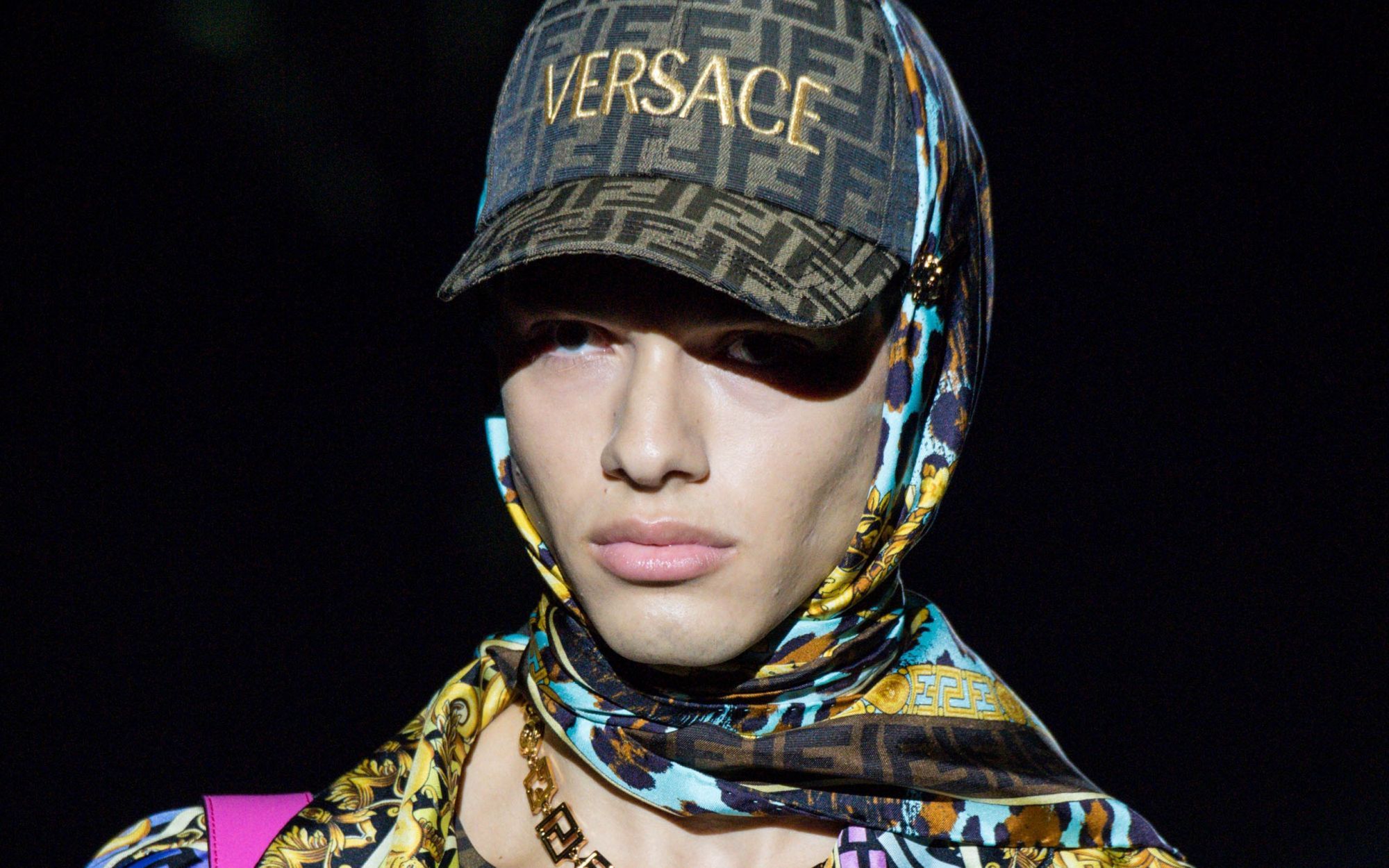
Will fashion mega-collaborations bring logomania back? Fendace is just the beginning
Yesterday at Milan Fashion Week we witnessed an experiment of how we do not see it every year: the collaboration/designer swap between Versace and Fendi. The main vehicle of this dialogue was the logo, or rather the two logos, in whose merger most of this collaboration or swap was resolved. The logo was also the main and most explicit vehicle through which the hacking between Gucci and Balenciaga a few months ago was expressed – making us think both of the beginning of a next increase in these mega-collaborations between the titans of the industry and of a return of the logomania that was thought to have vanished along with the streetwear wave seen in recent years. This link with streetwear plays an important role because there is a big difference between the luxe-streetwear collaborations of the past and the recent mega-collaborations between fashion brands. So much so that, during the lockdown, a trend of basics had developed, of minimal luxury along the lines of Phoebe Philo's Celine, with brands such as The Row, Bottega Veneta, Peter Do, which, at the end of the lockdown, has seen the rise of revenge fashion - a trend that wants to makes us forget of the year we spent in our pajamas with bold, showy and, ultimately, hedonist looks.
Yesterday's event, in fact, only reinforced the role and power of logos: starting from the catwalk, dominated by a giant rotating double logo, to the details of the collection that transformed Fendi's double F into the Greek Versace pattern on virtually every look. It is clear that this return of logomania, especially in the case of mega-collaborations, represents a doubling-down of the importance attributed to the logos themselves – a move that looks to the Asian market and especially to China where, as Jing Daily wrote shortly before the lockdown, «logomania is connected to the rise of the middle class and the aspirational class. These groups do believe that ostentatious luxury purchases are the best way to show society that they’ve achieved personal success. [...] Not everyone can purchase haute couture Chanel garments or Martin Margiela vintage designs from a collection curated by Sotheby’s Paris, but most middle-class consumers can afford accessories that have luxury logos plastered all over them». The risk here, however, is that everything ends up being resolved in the logo alone, especially considering how in this collaboration the visual identity of Versace cannibalizes that of Fendi. As Jordan Anderson wrote on Instagram after the show: «What exactly is the Fendi DNA and where is it in this collection? [...] With this there is no trace of Fendi or its history apart from the mixing of the logos [...]. The Gucci/Balenciaga hacking last season worked because [...] it was with two designers, Alessandro and Demna, who have created very signature styles and aesthetics over the years that blended together so well. Like Kim Jones just got to Fendi... and I think he's figuring out a lot in terms of the direction he's taking the brand».
Logomania also comes into play in the recent wave of nostalgic fashion towards the era of Y2K aesthetics, Louis Vuitton metallic bags and Juicy Couture suits; as well as in the new role that fashion has assumed in defining the identities of the new generations. It is therefore not only a question of social status but also of personal values and philosophies, all of which can be summarized in a simple logo. Harmeet Bajaj, a marketing strategist interviewed last June by The Voice of Fashion, said: «For most people, logos communicate not just status but also their persona and who they are. Even wearing a sustainable or conscious brand with a logo, which could be in any form, communicates their purpose and why they are aligning with the brand». These values, then, go hand in hand with the revival of vintage that thanks to platforms such as Vestiaire Collective, Grailed and TheRealReal has seen a significant re-entry on the secondary market of hyper-logoed items of brands such as Gucci and Louis Vuitton.
Both "Fendace" and "Gucciaga", as well as the other mega-collaborations that we will see in the future, finally fall into the macro-trend of dopamine dressing explained on the pages of GQ by the psychologist and author Dawnn Karen as «selecting clothes that increase your happiness, raise your spirits, and make you feel better, stronger, safer, or more empowered». A type of sensation that, while possessing its subjective aspects, can only be entrusted to the most immediate and visible symbols and signifiers of fashion, logos, but also by bright colors, provocative and sensual designs and a general visual hedonism of which Fendace, yesterday, was one of the most powerful and relevant expressions.











































